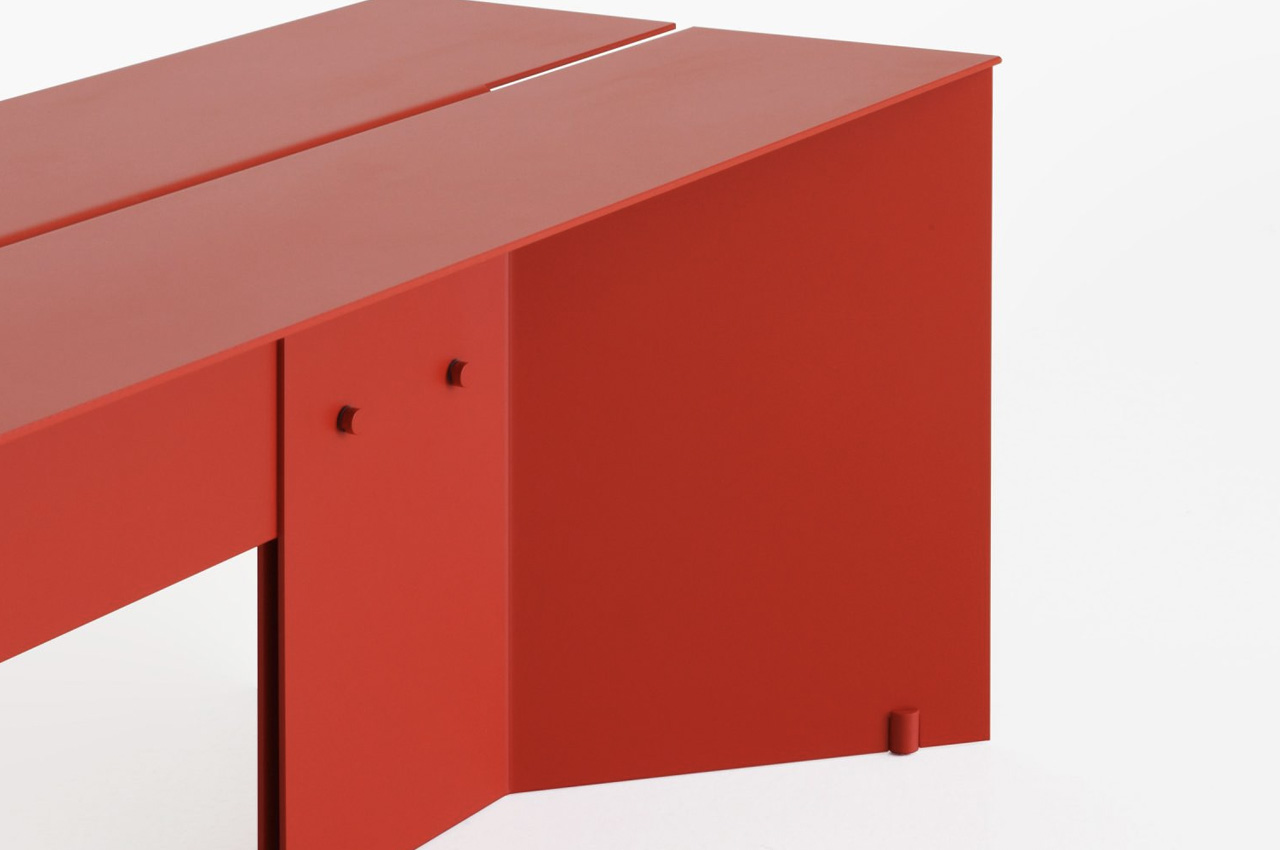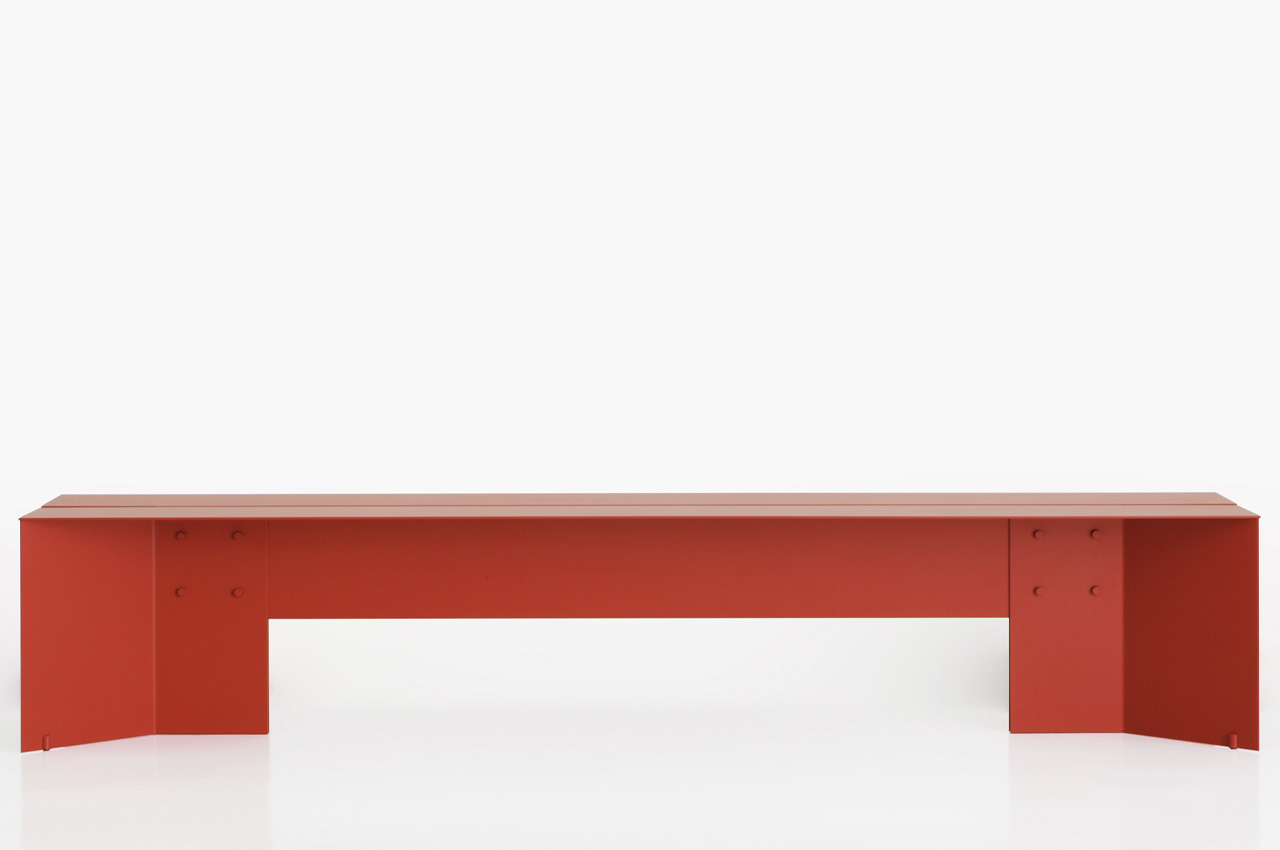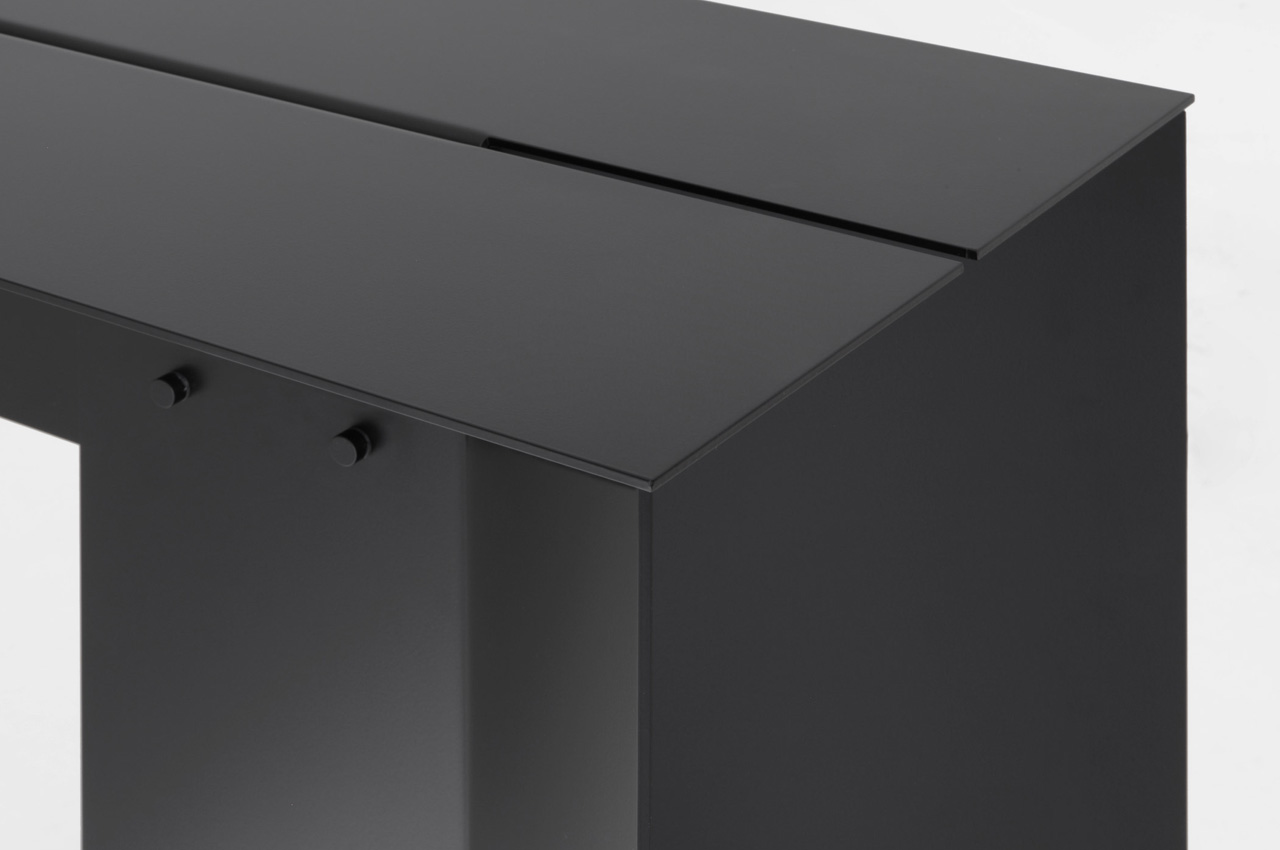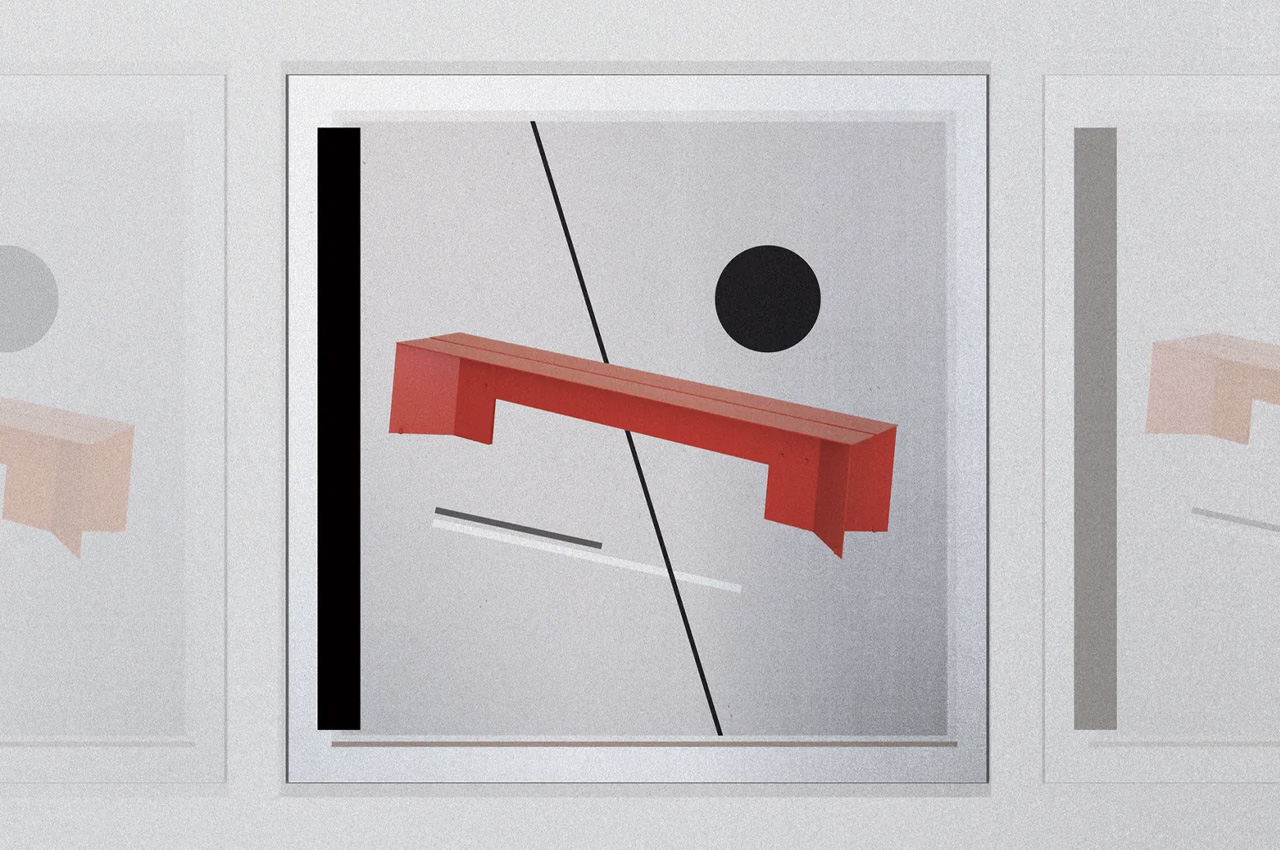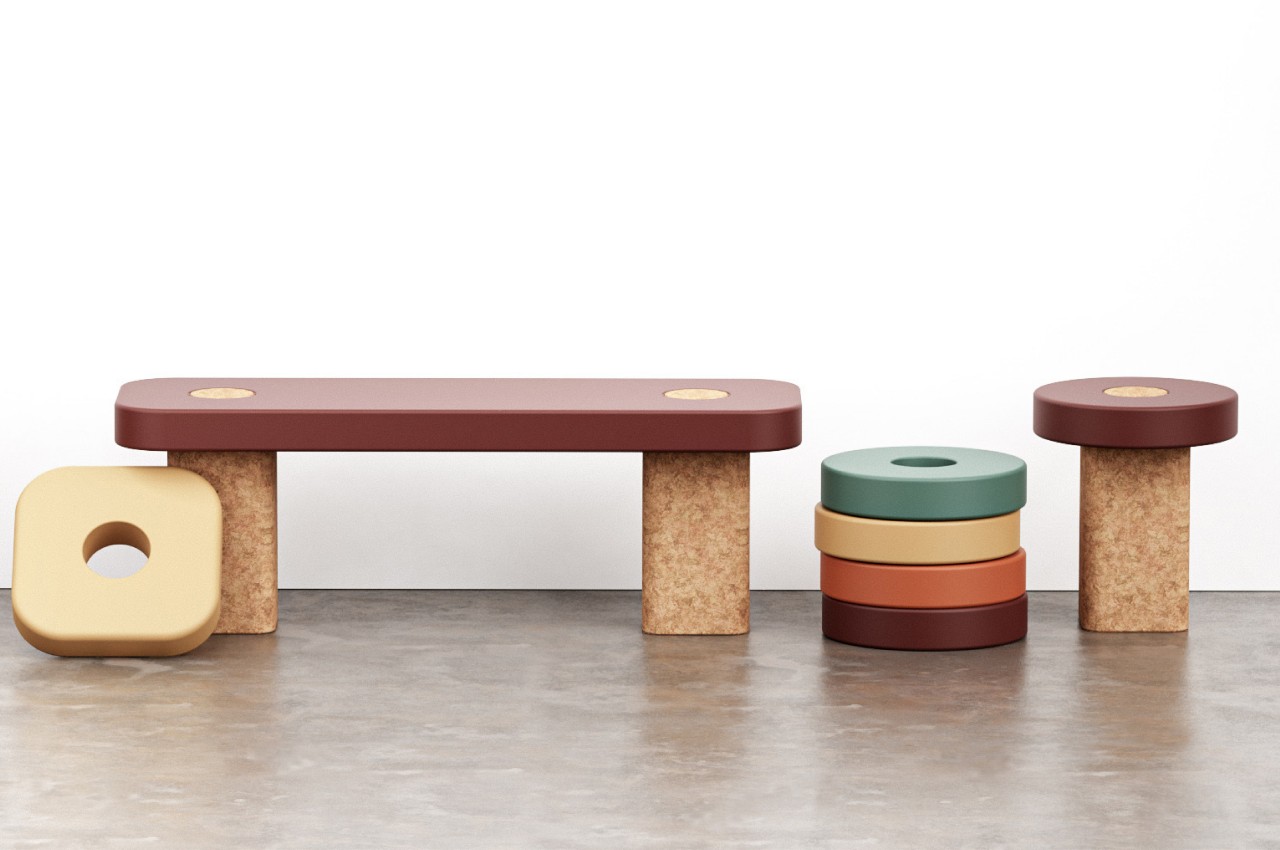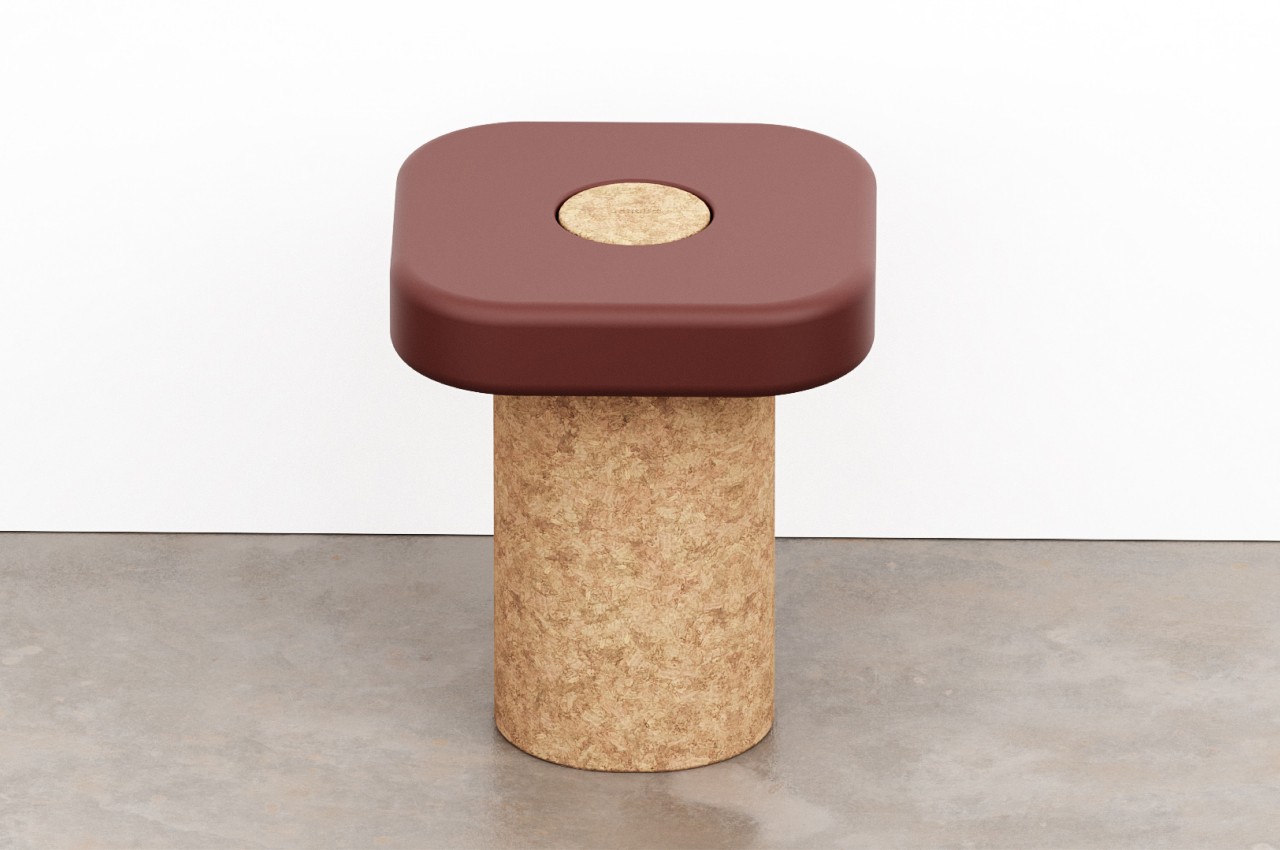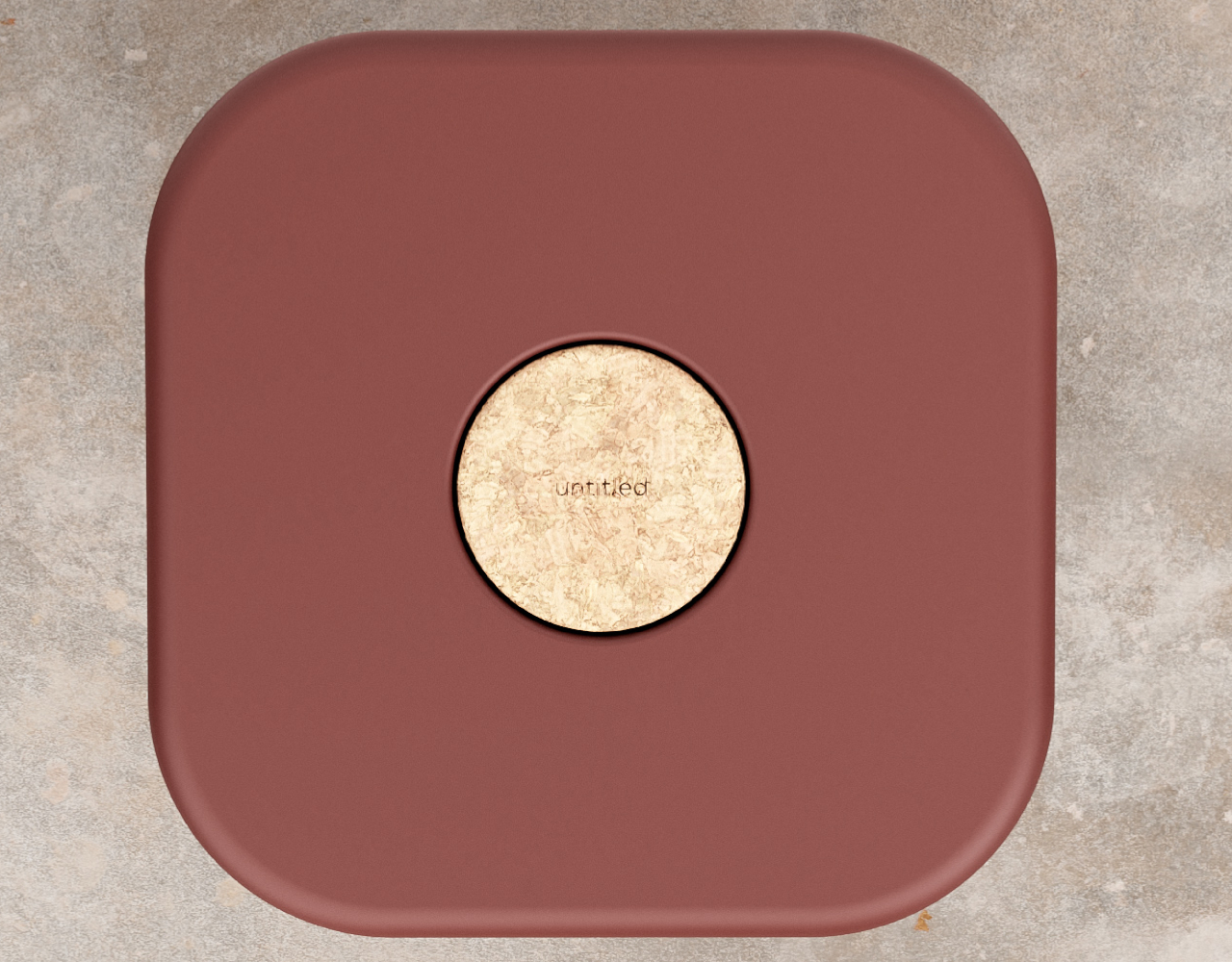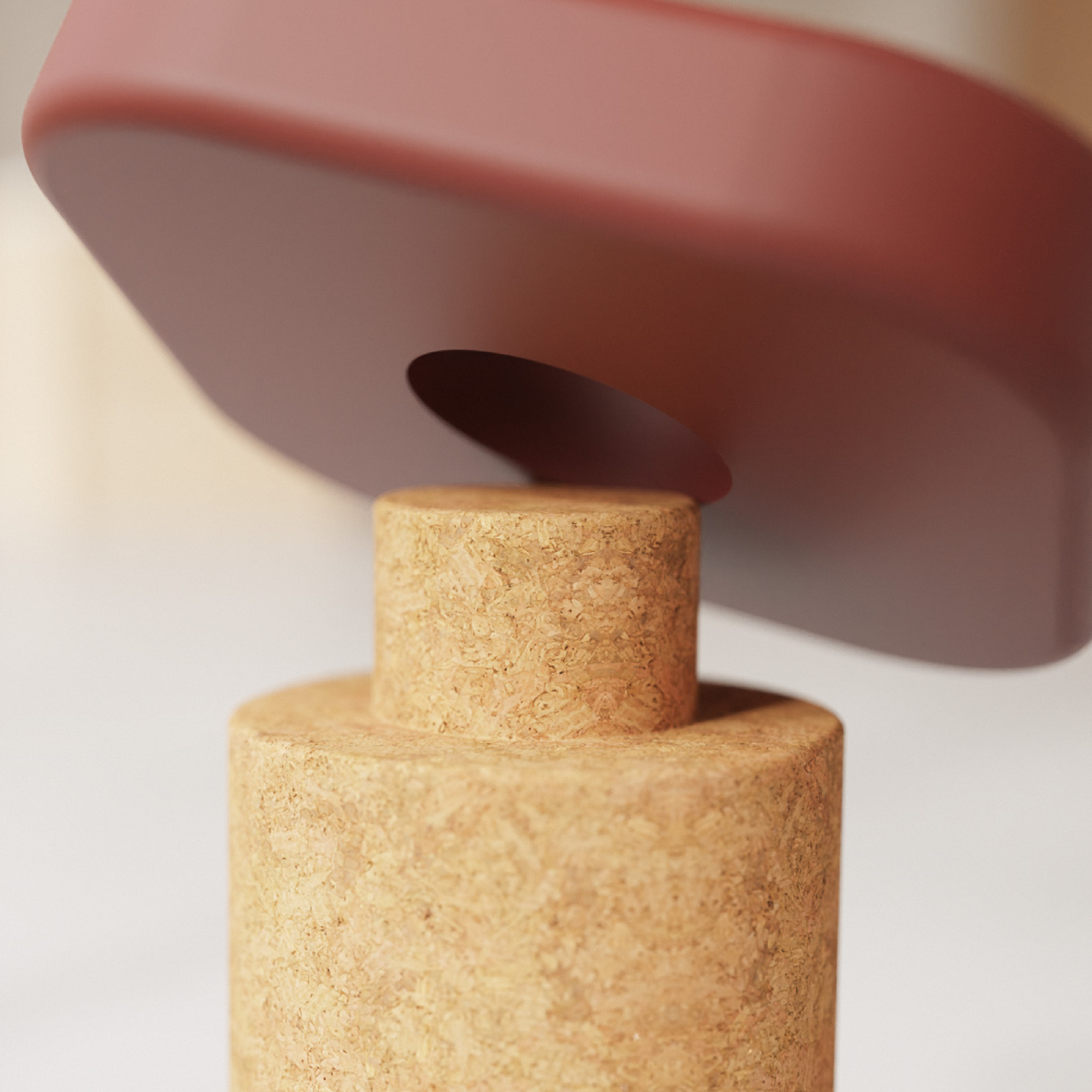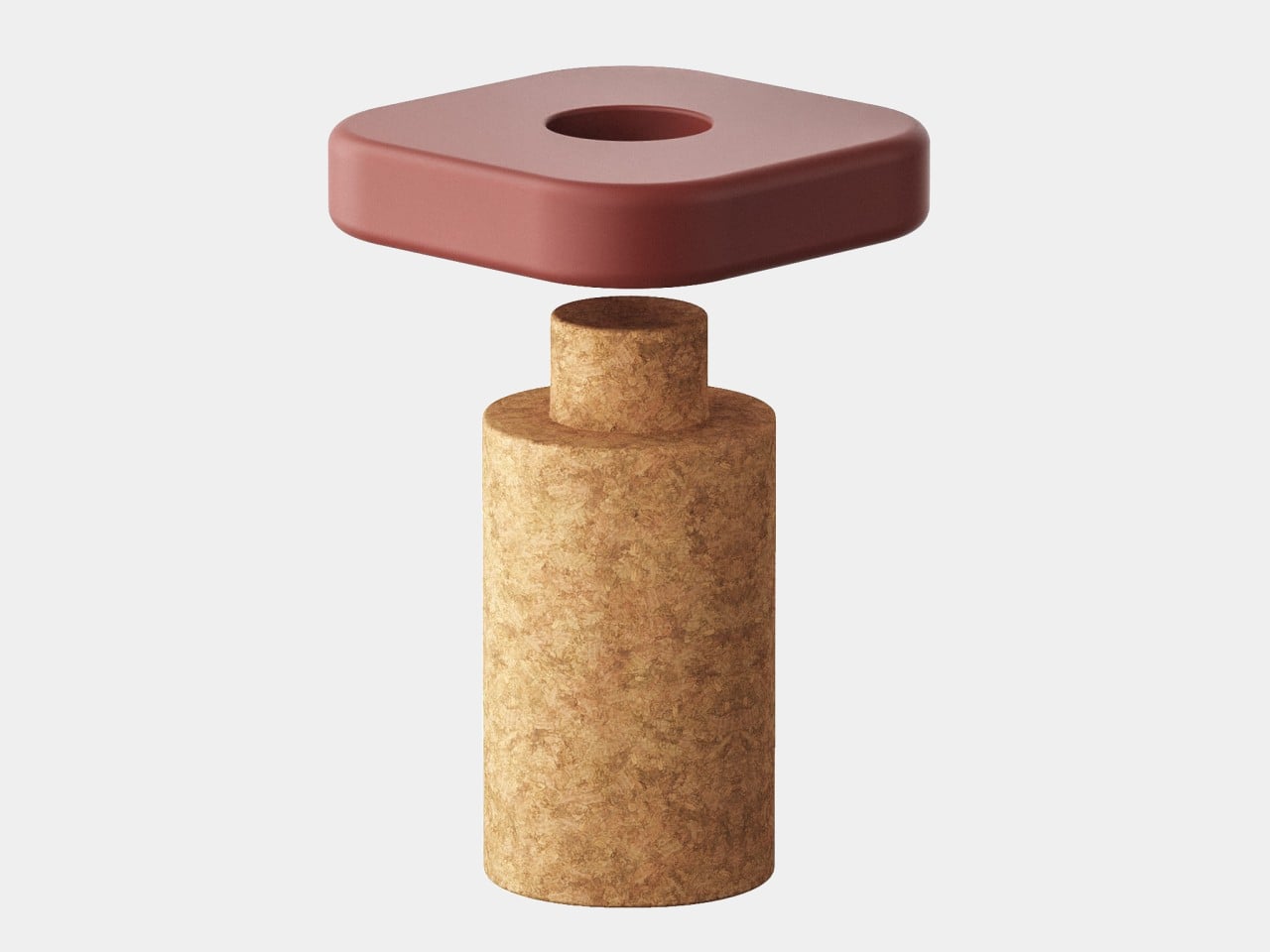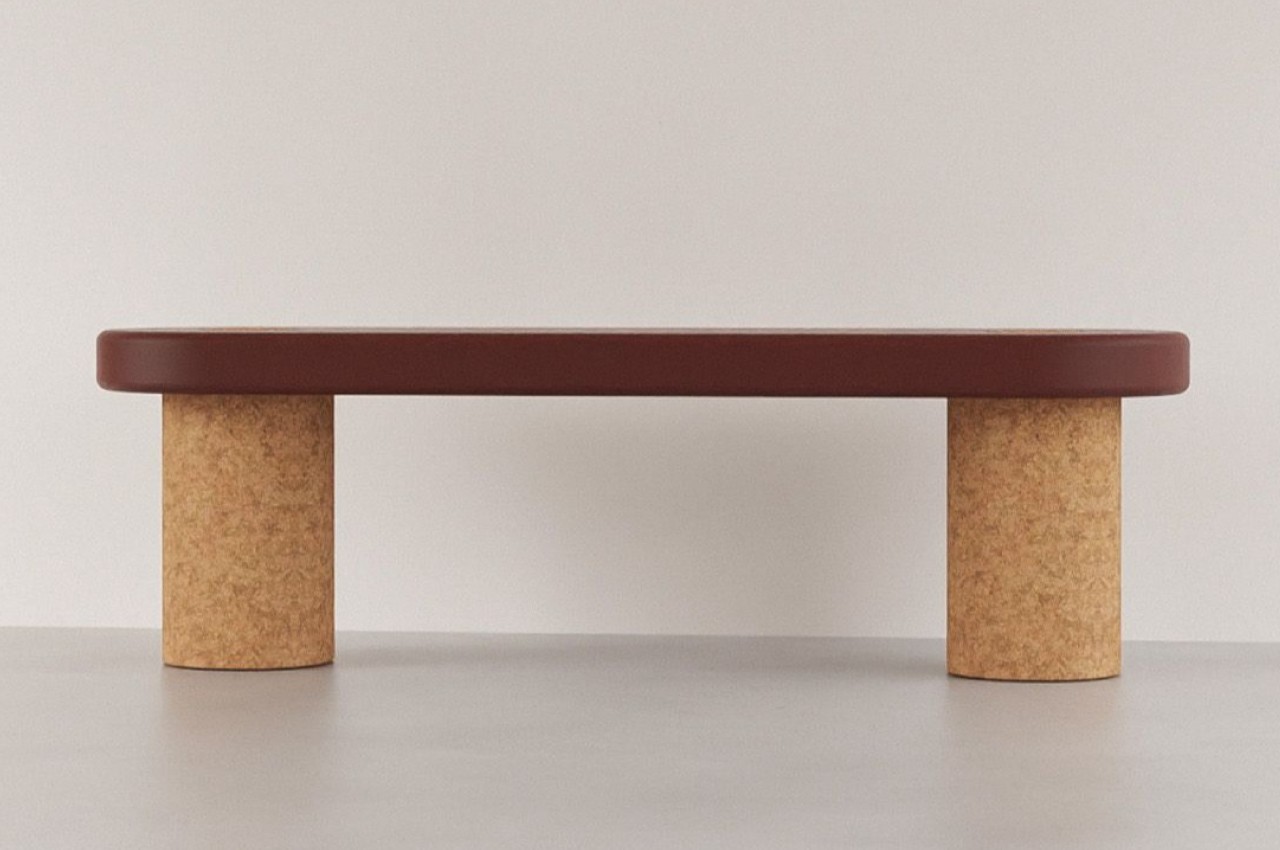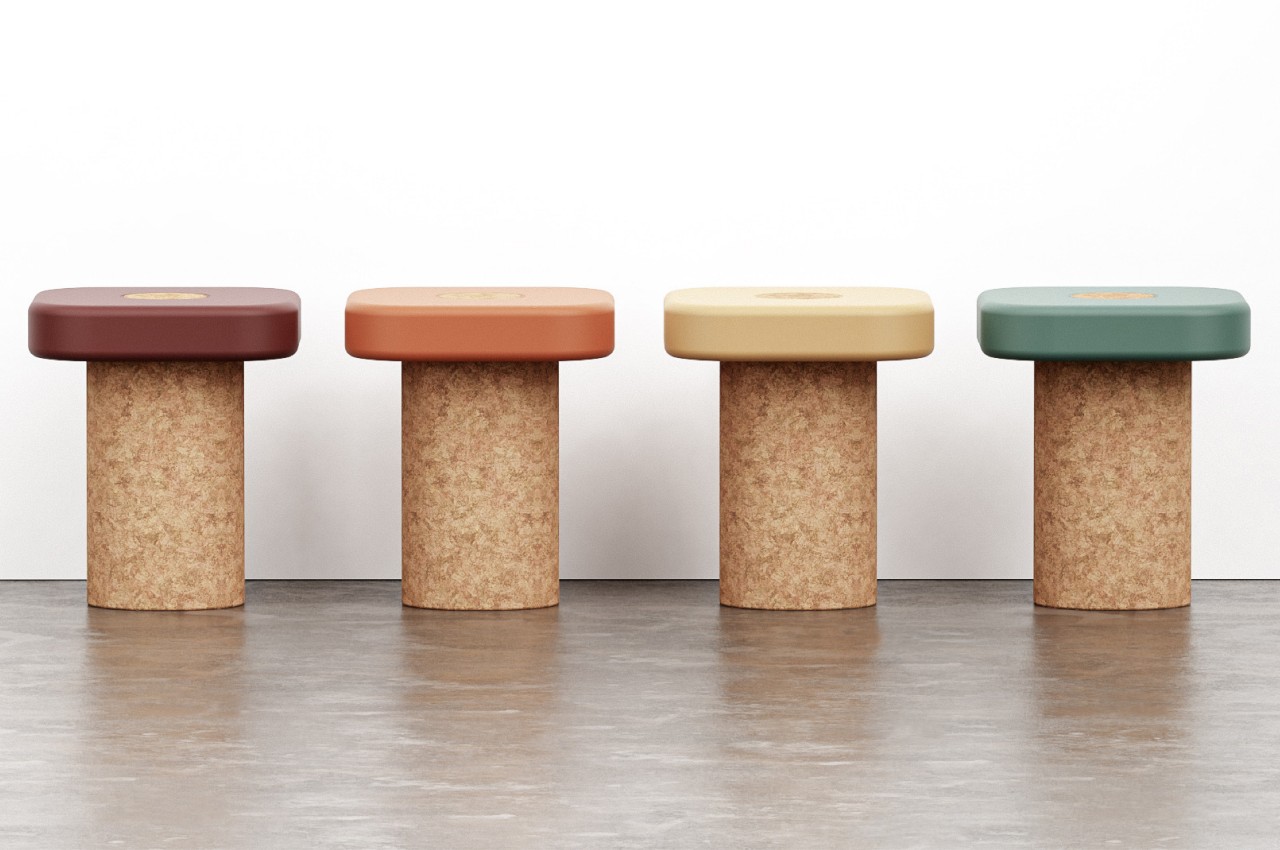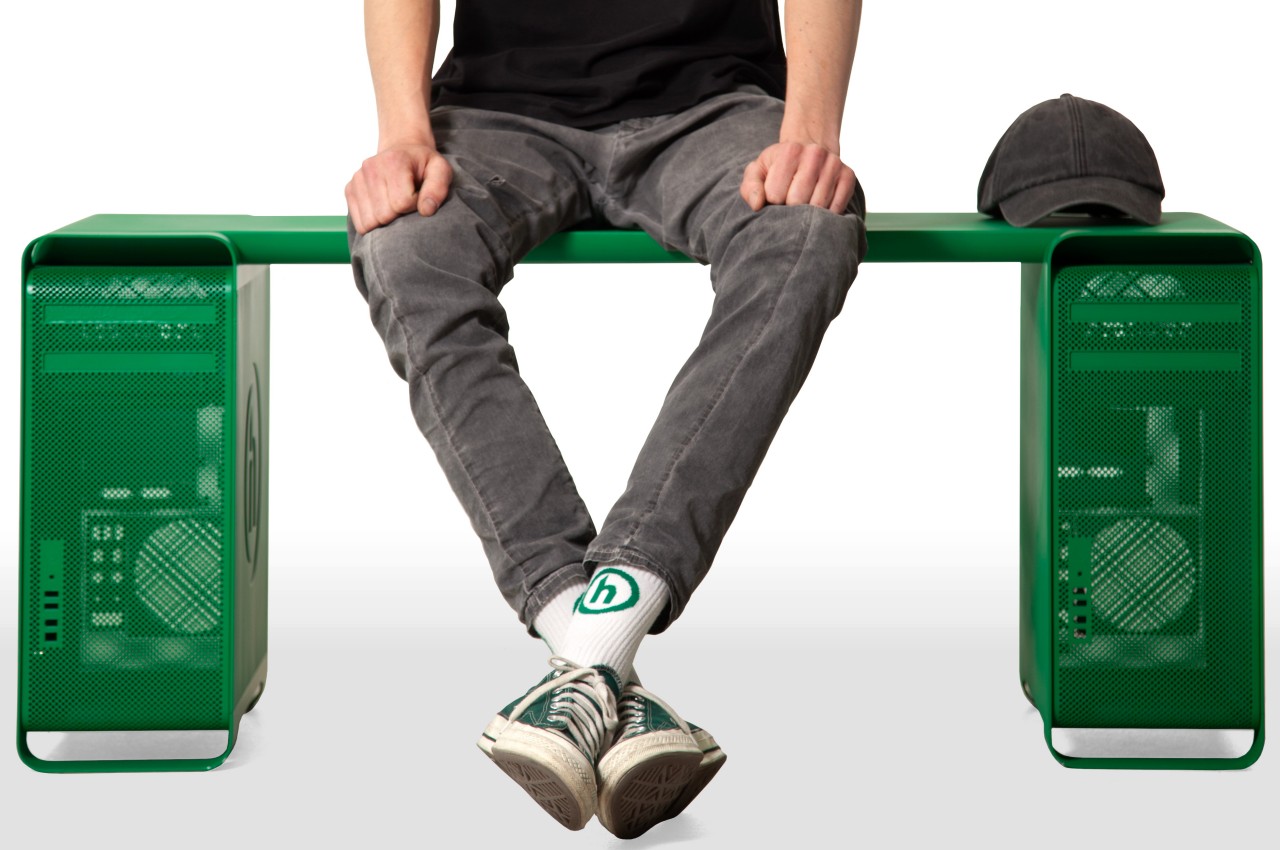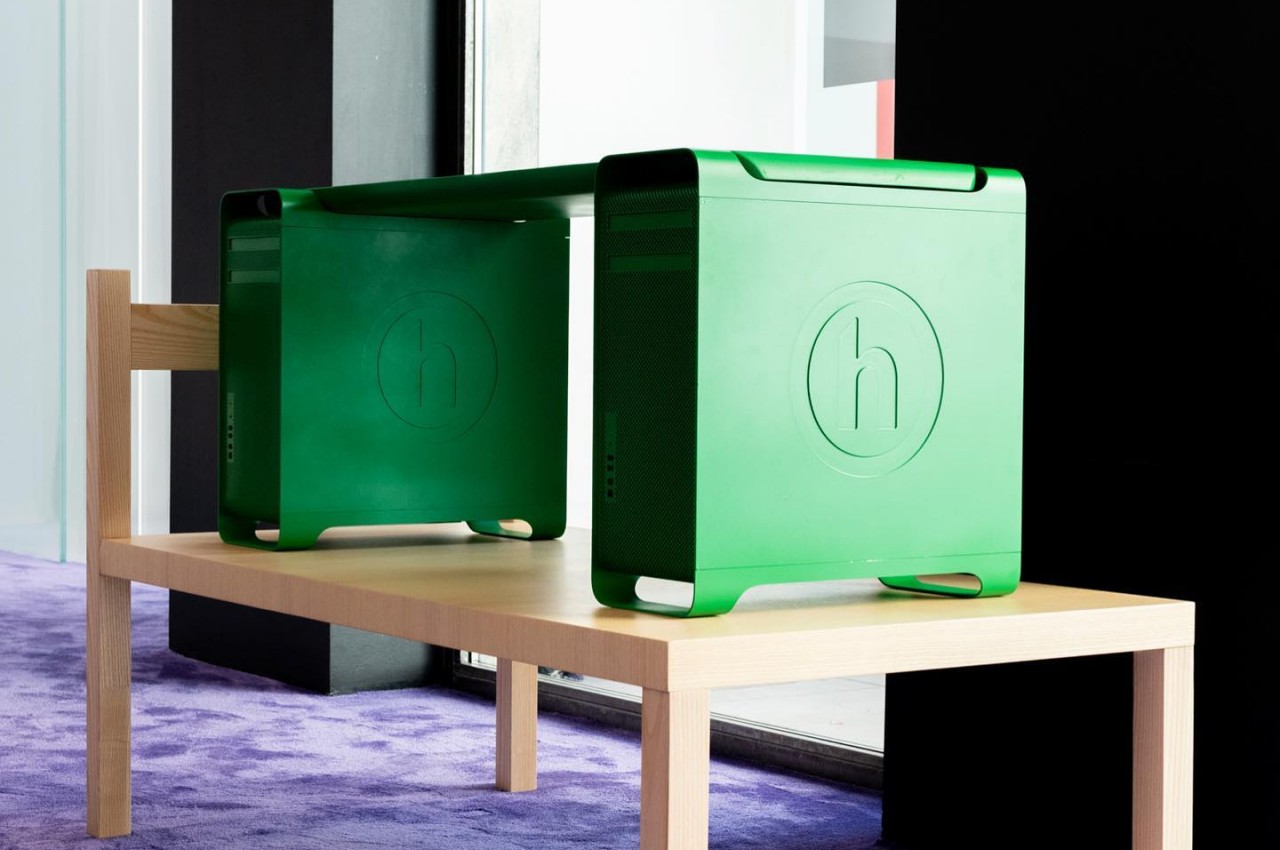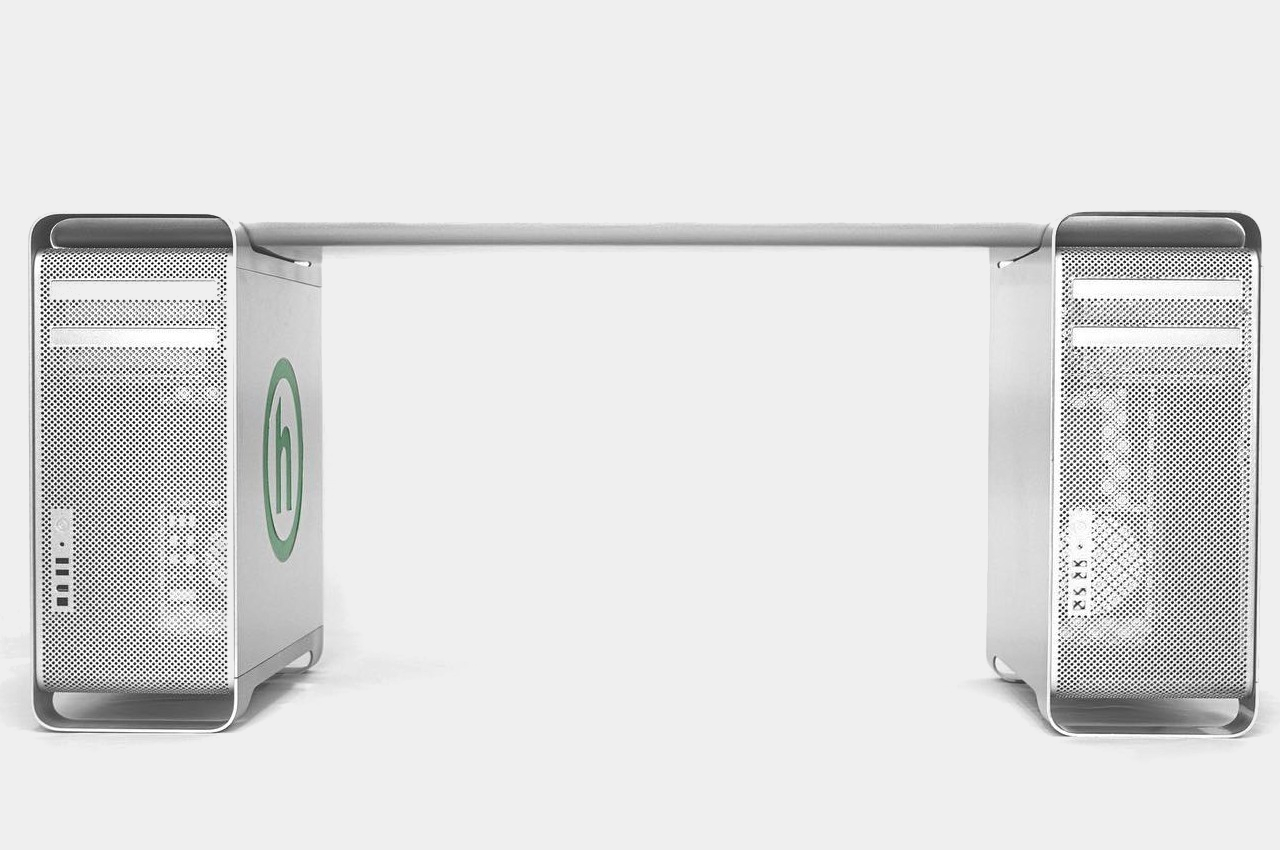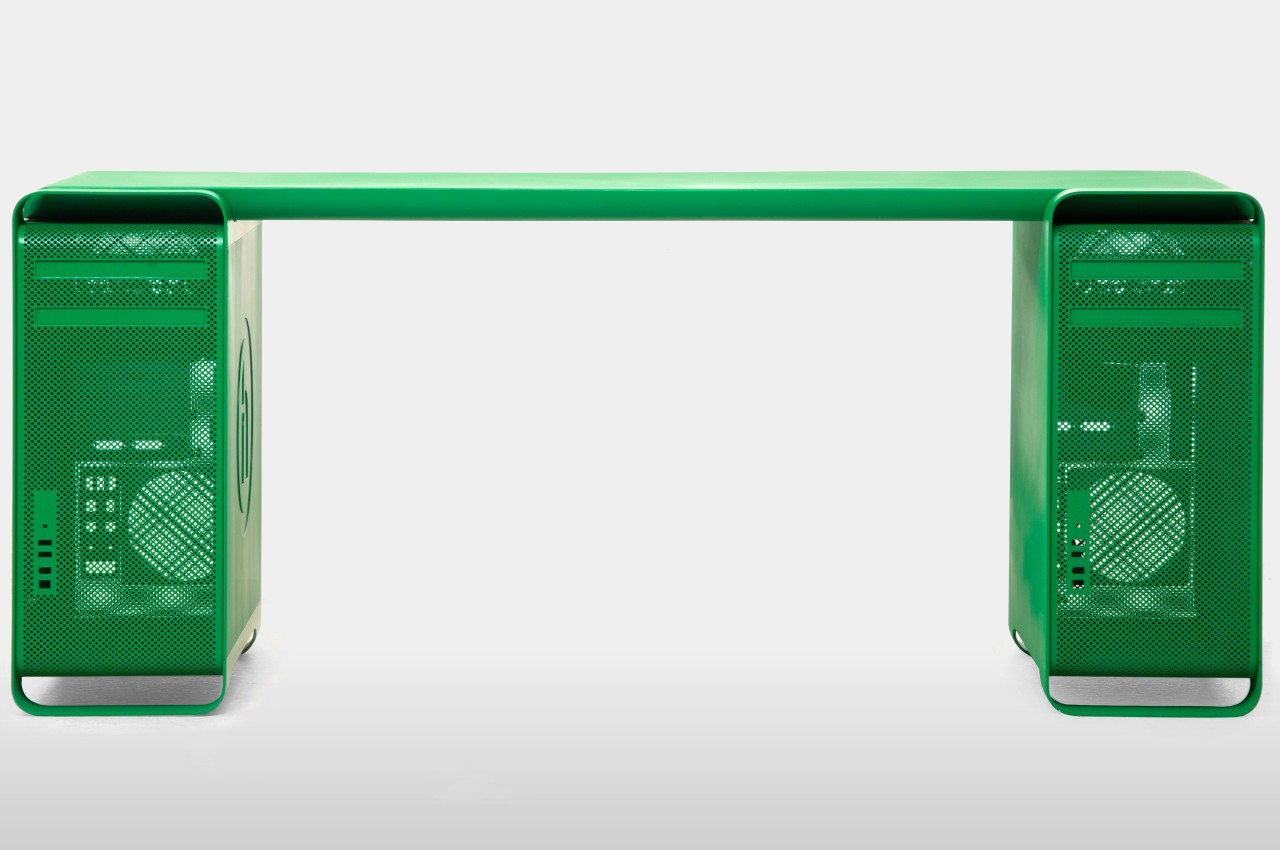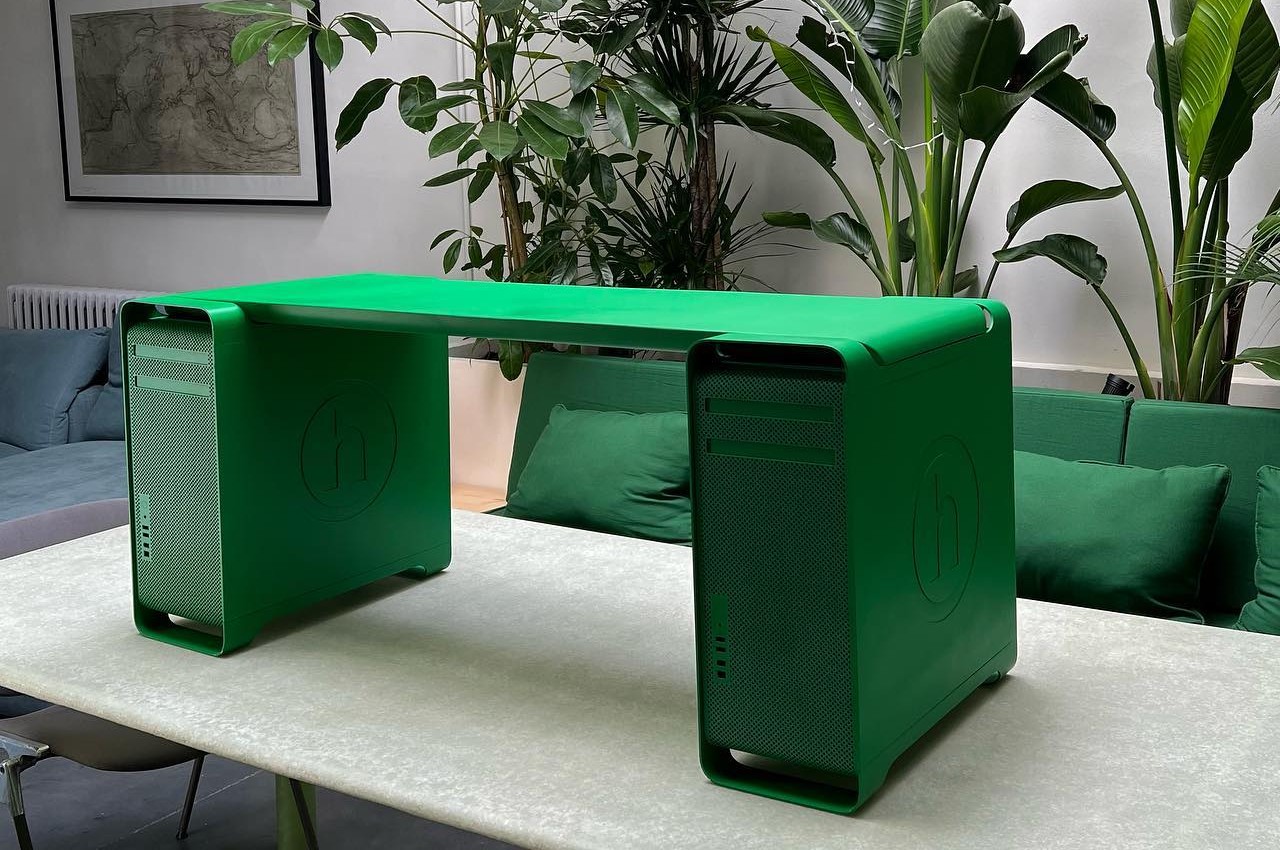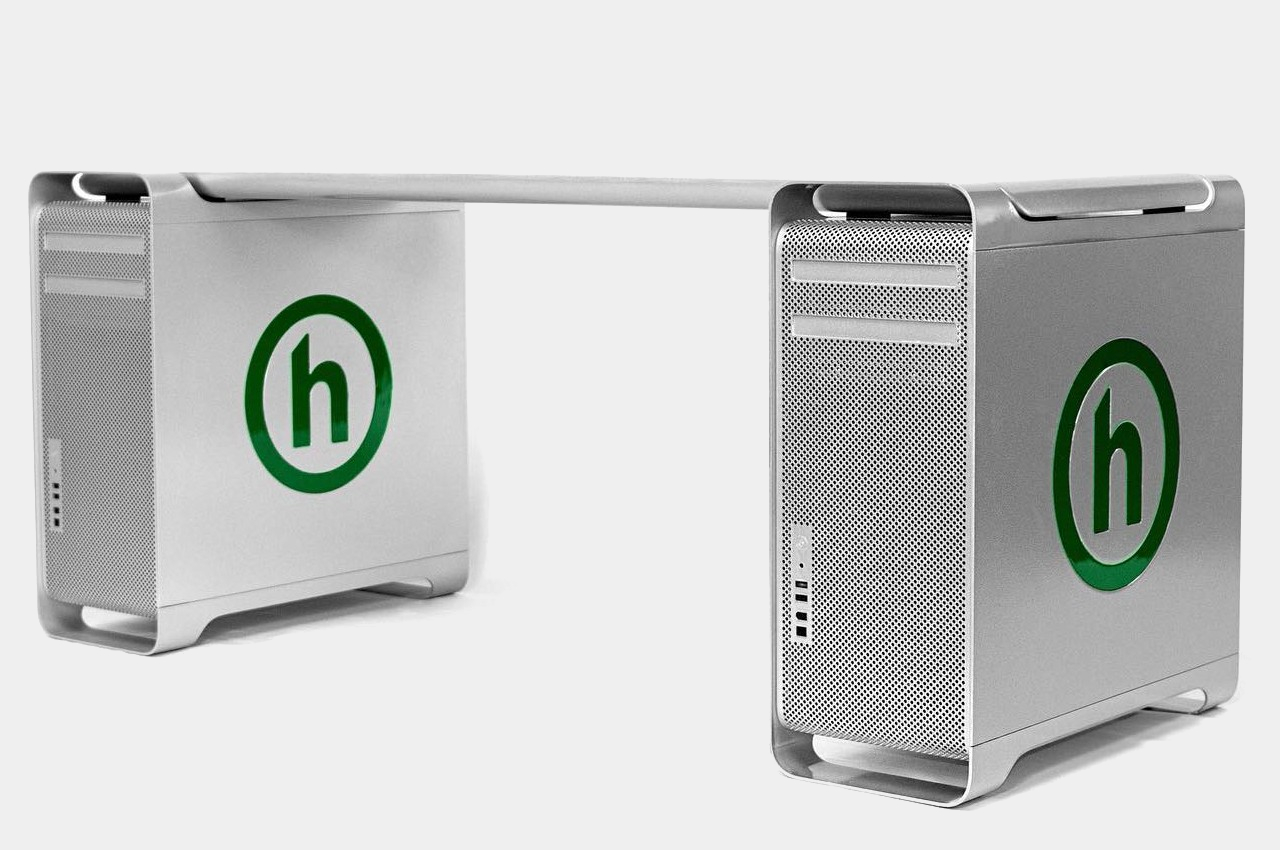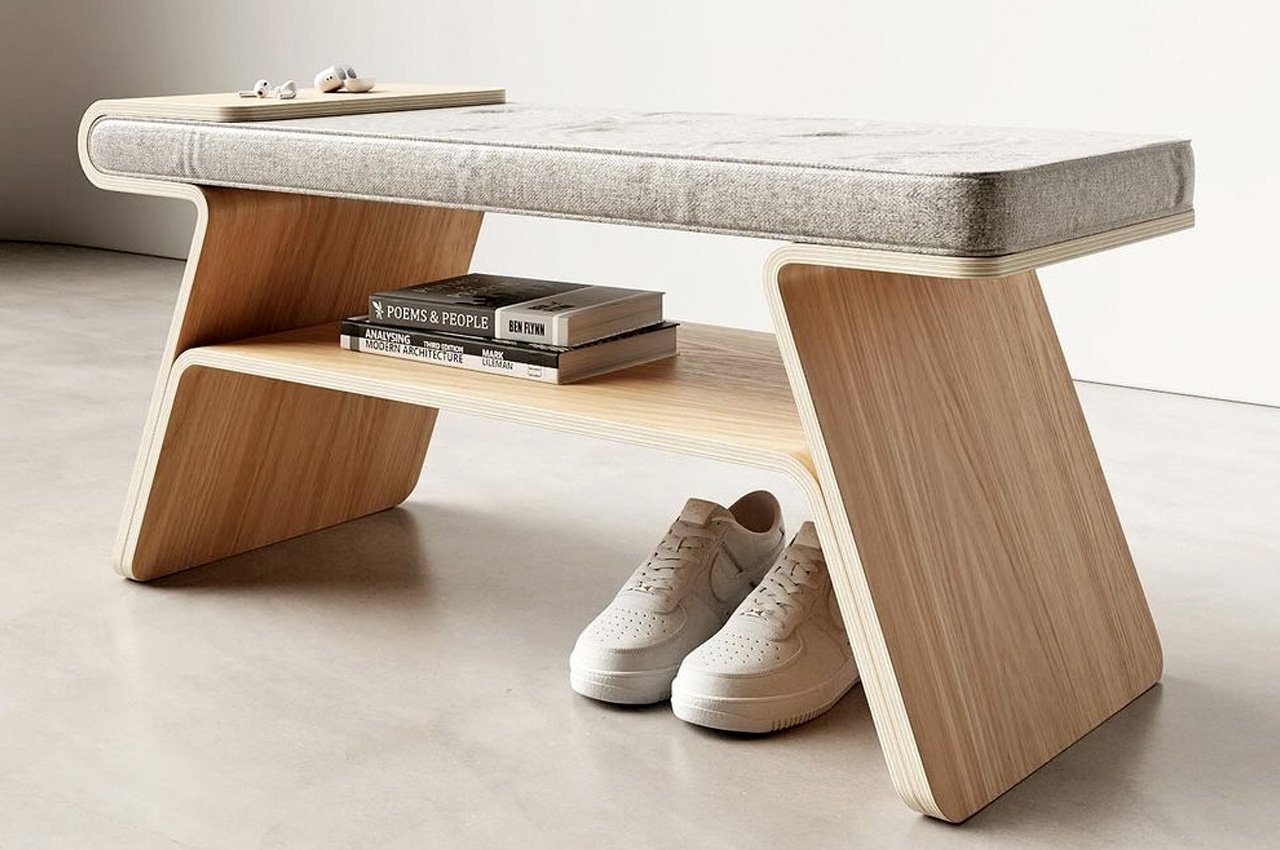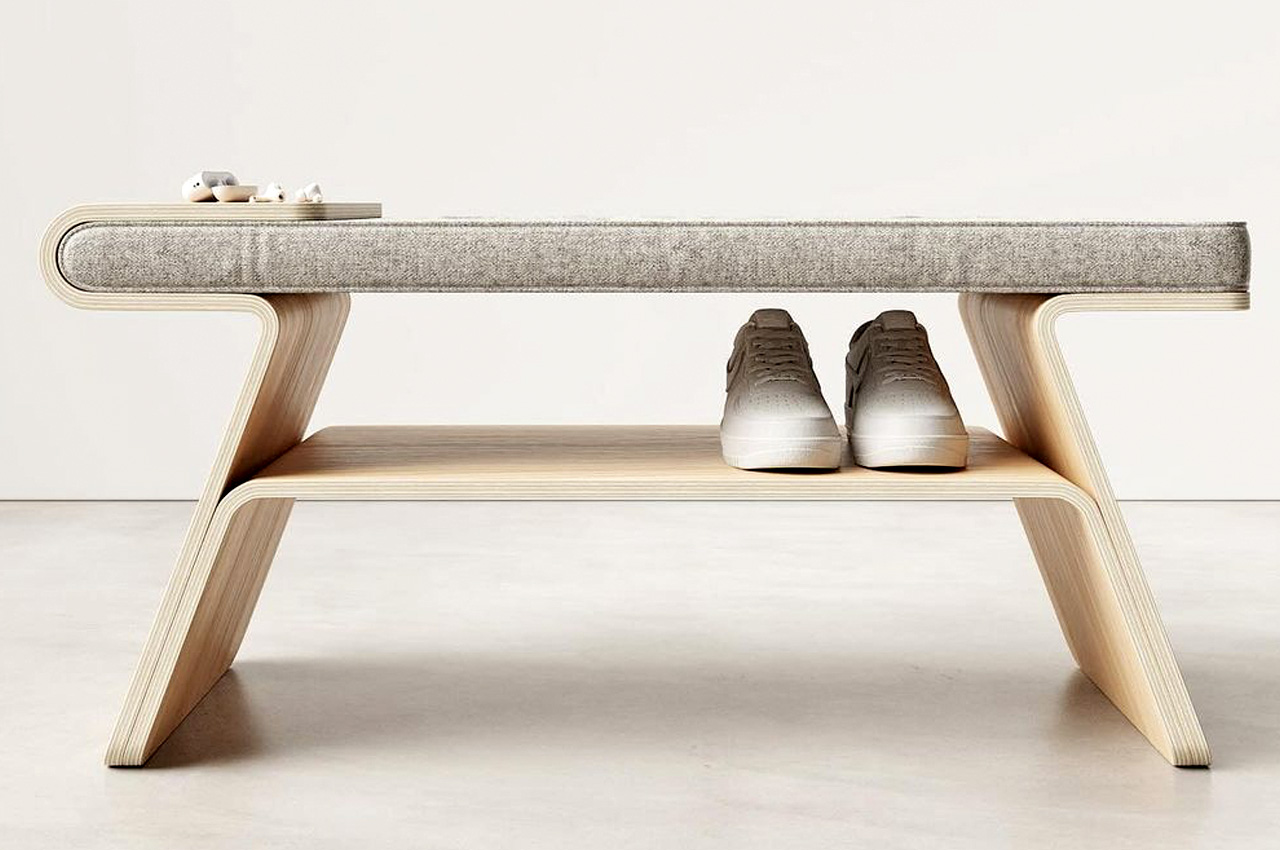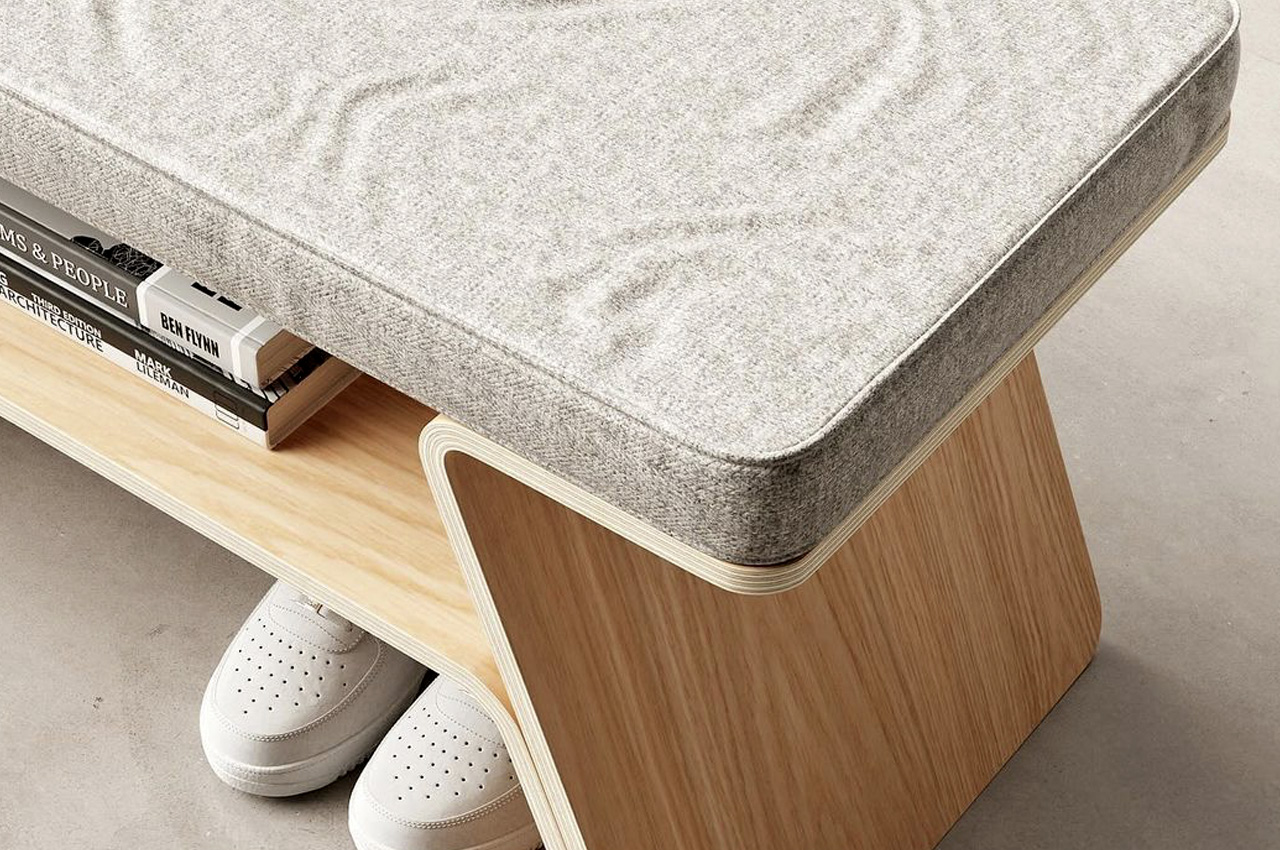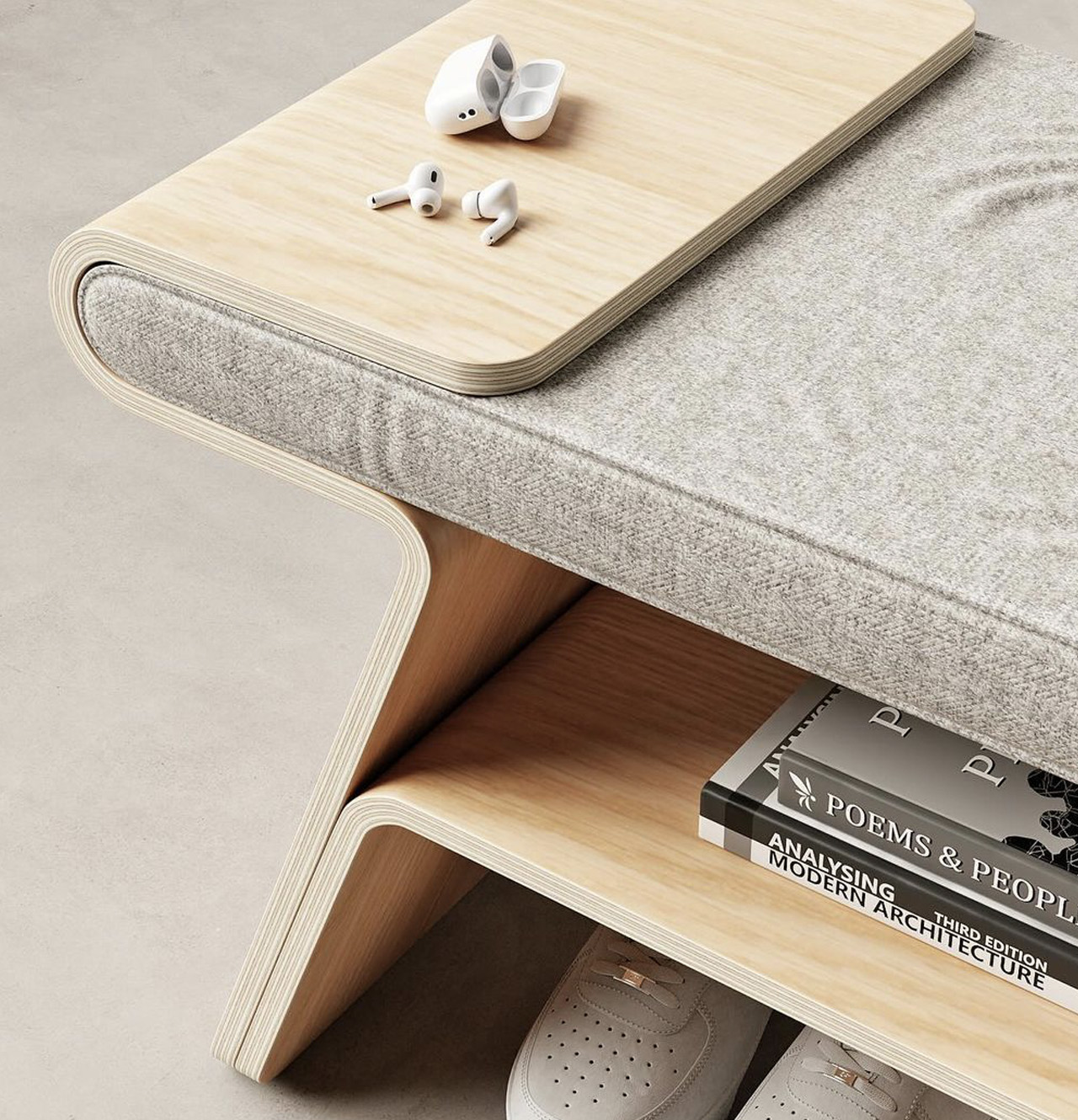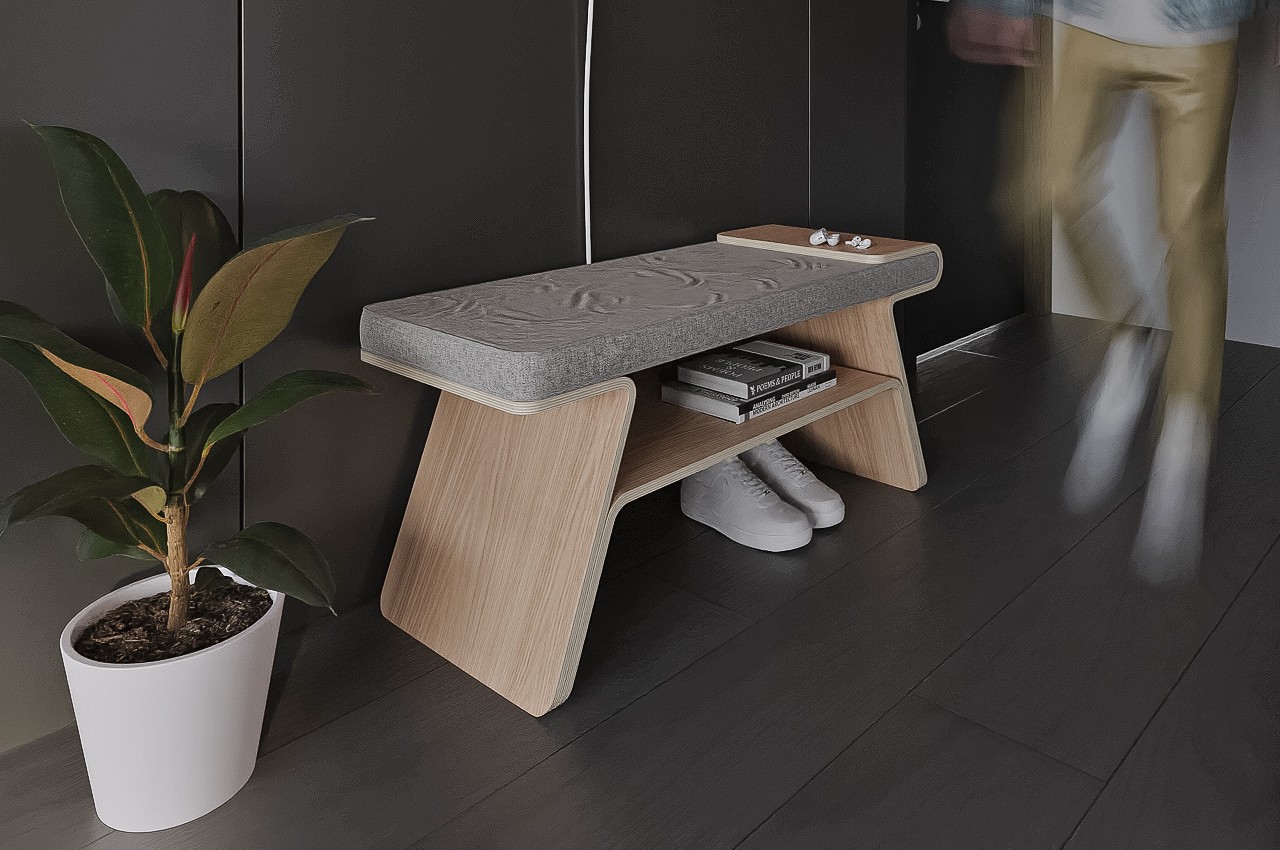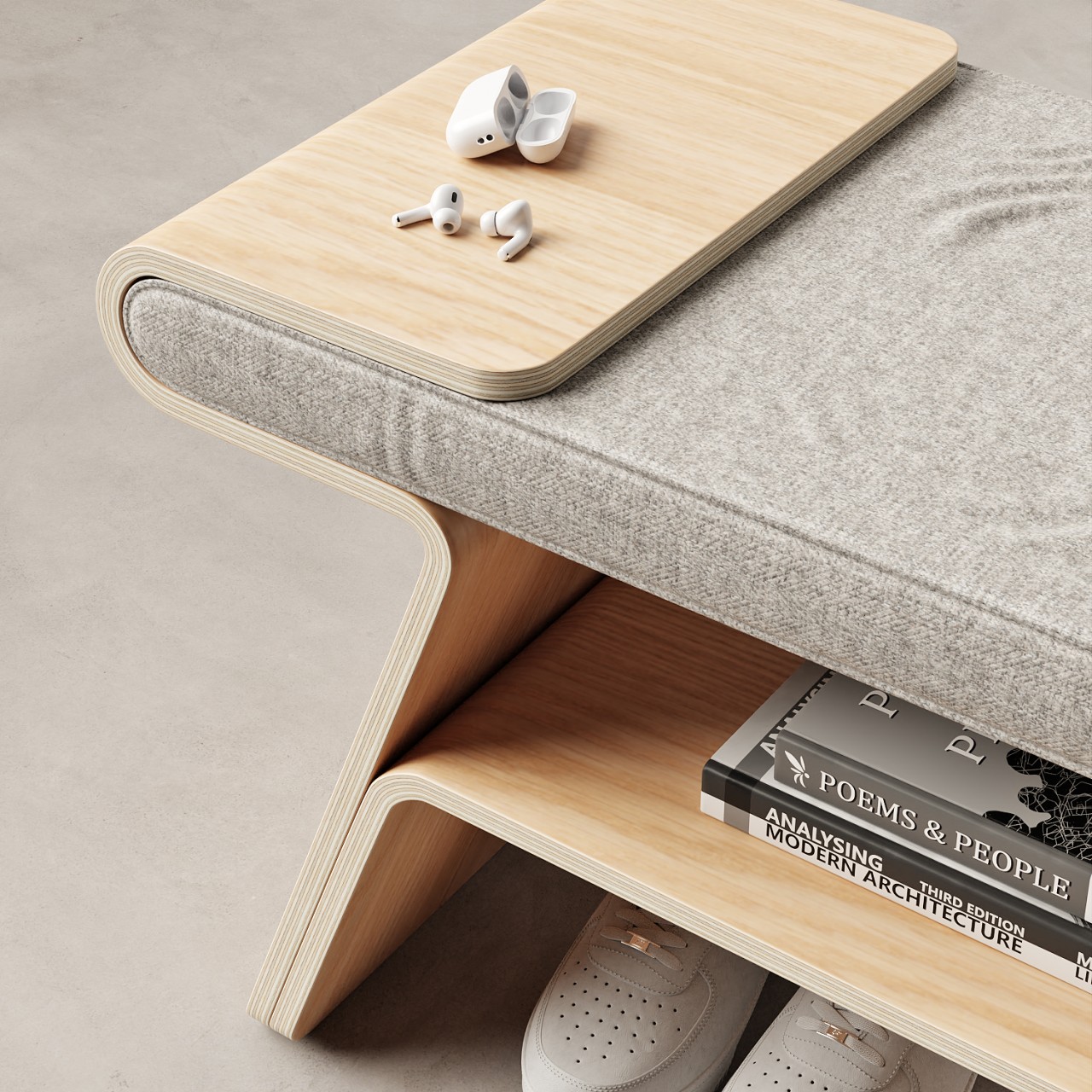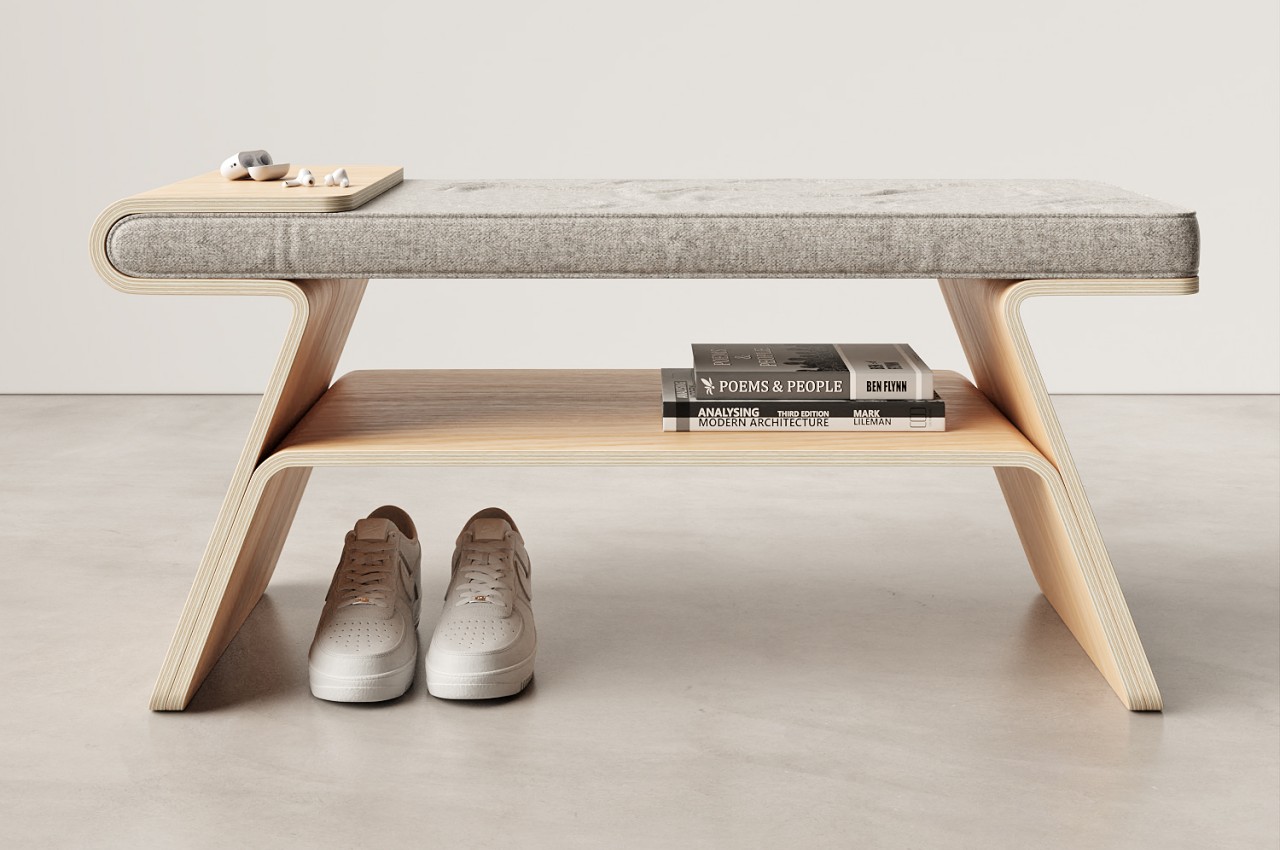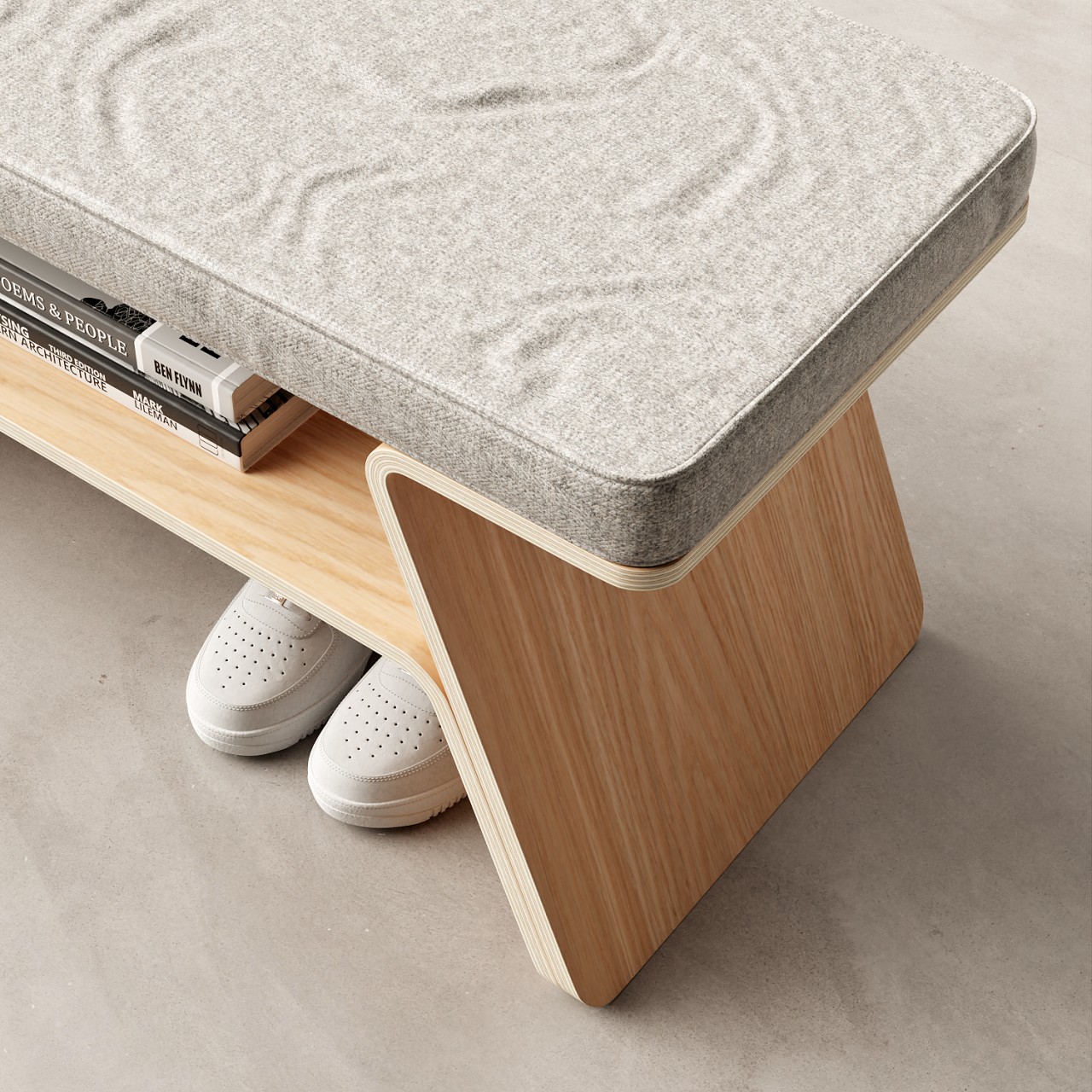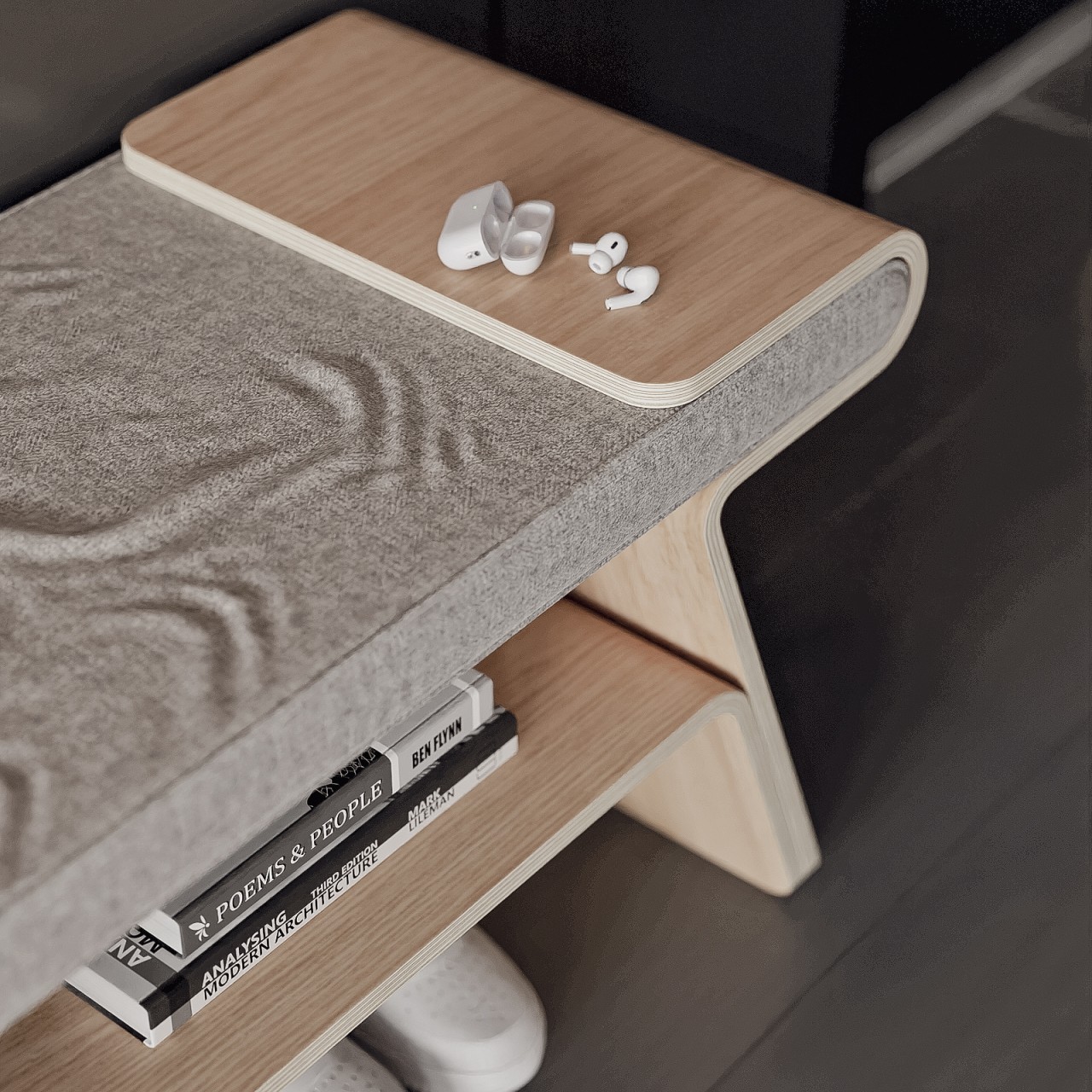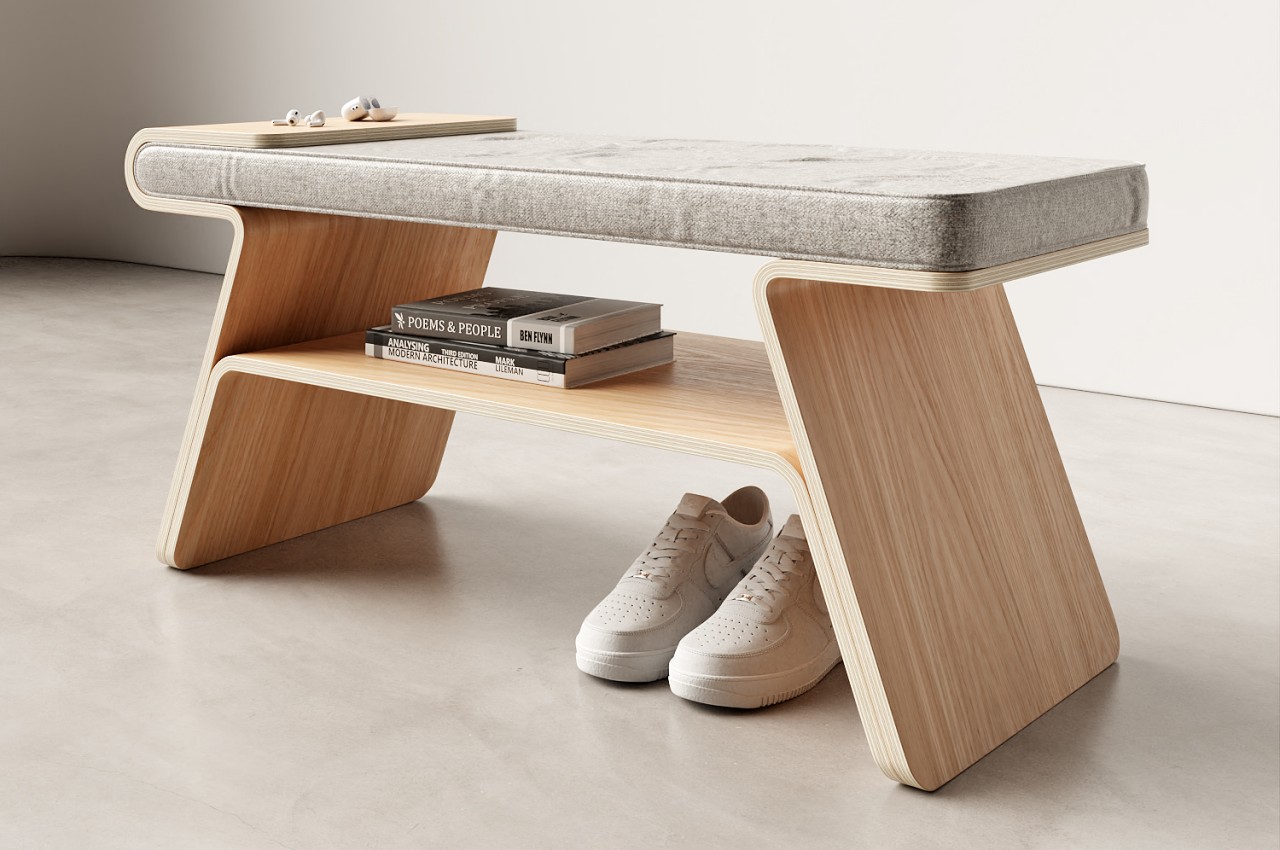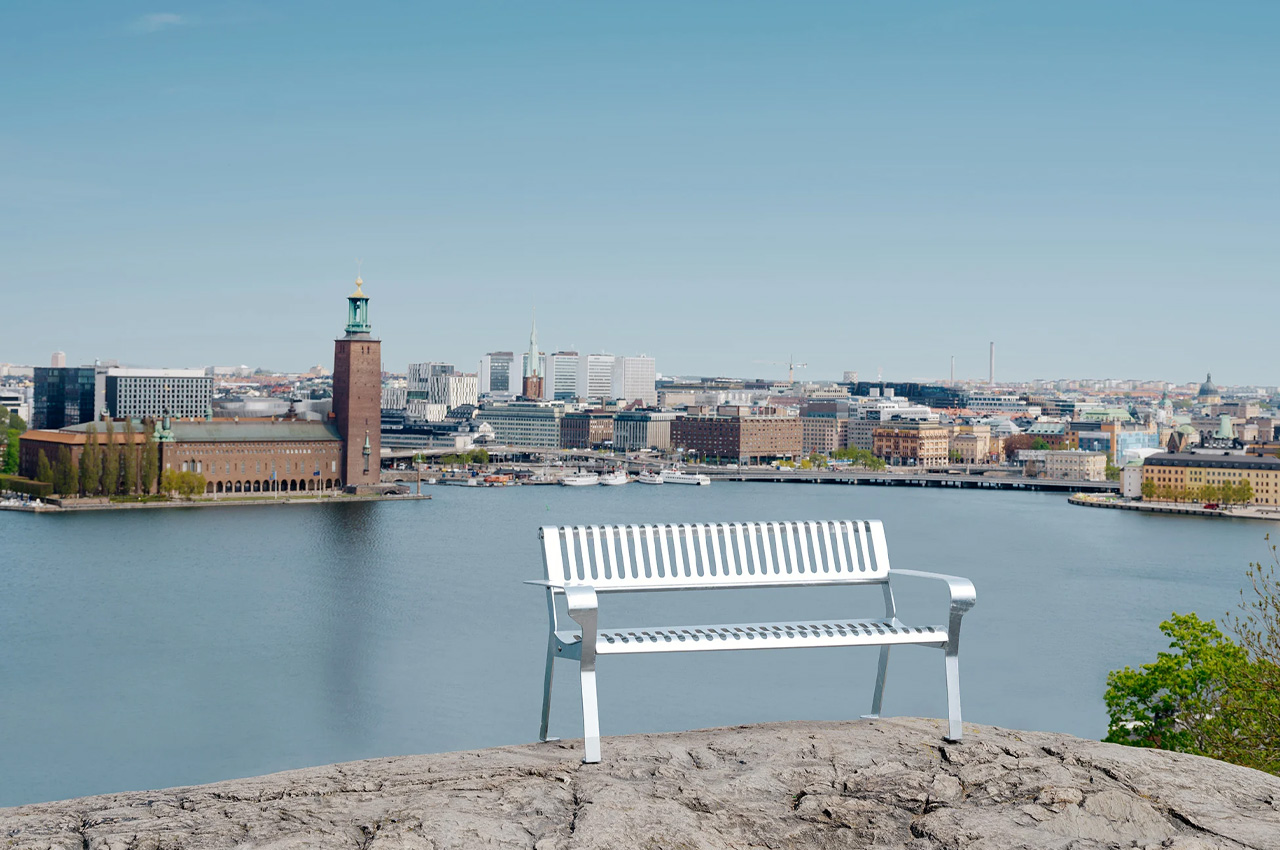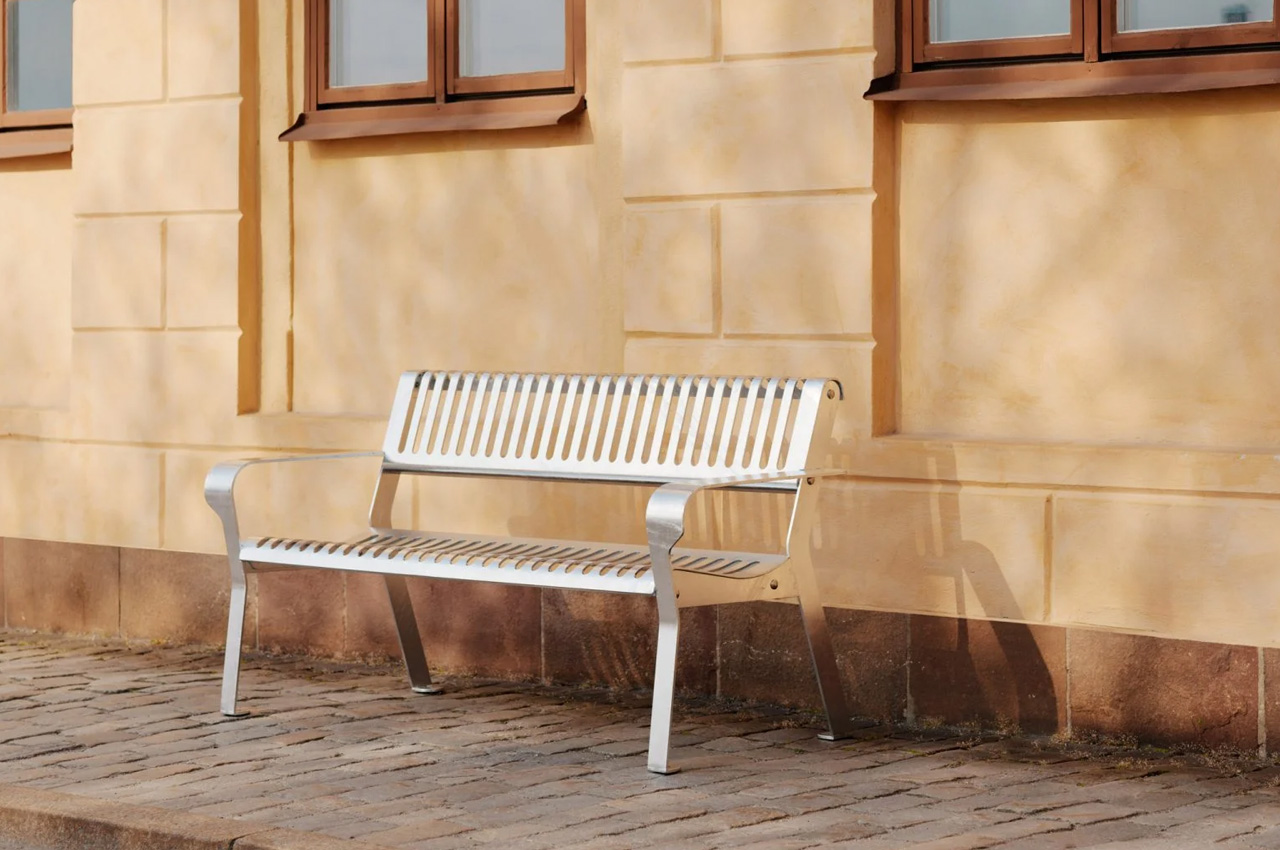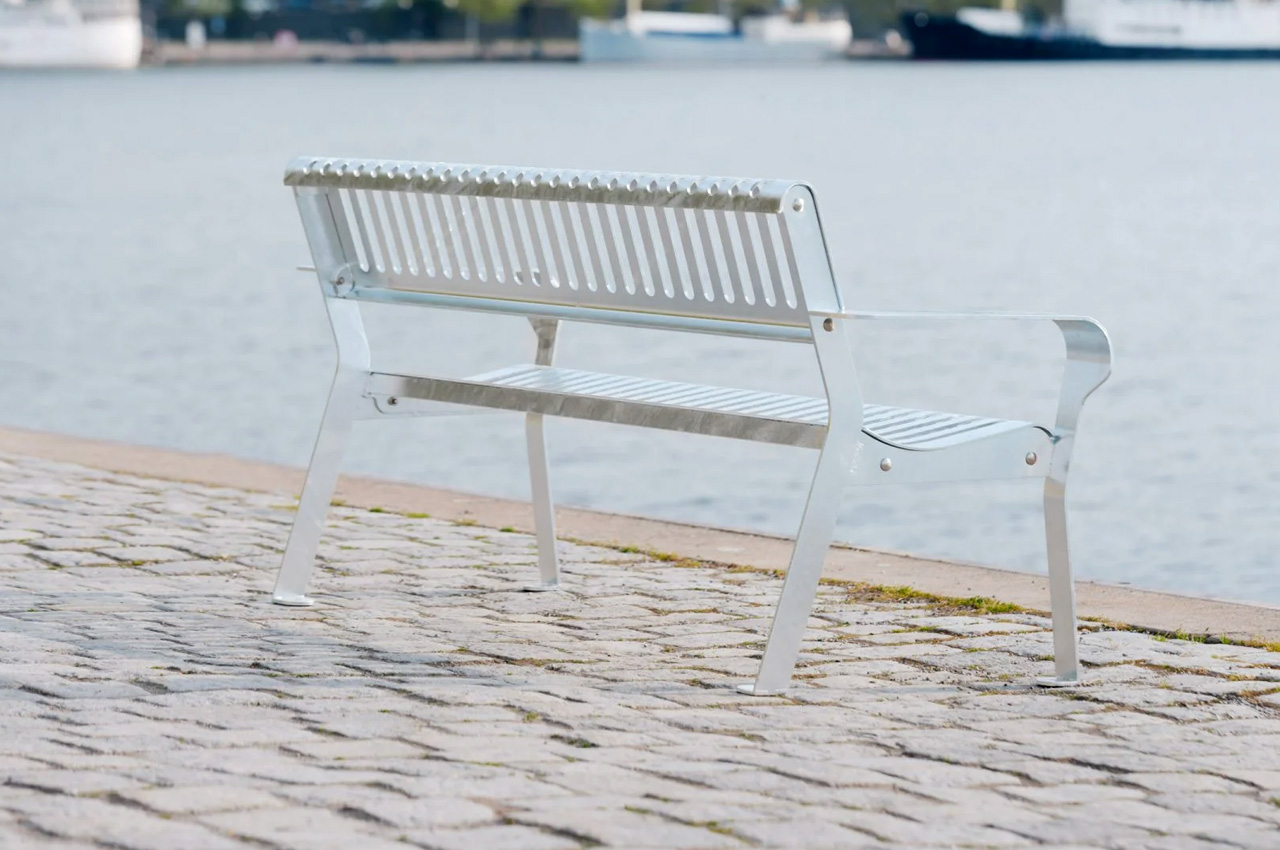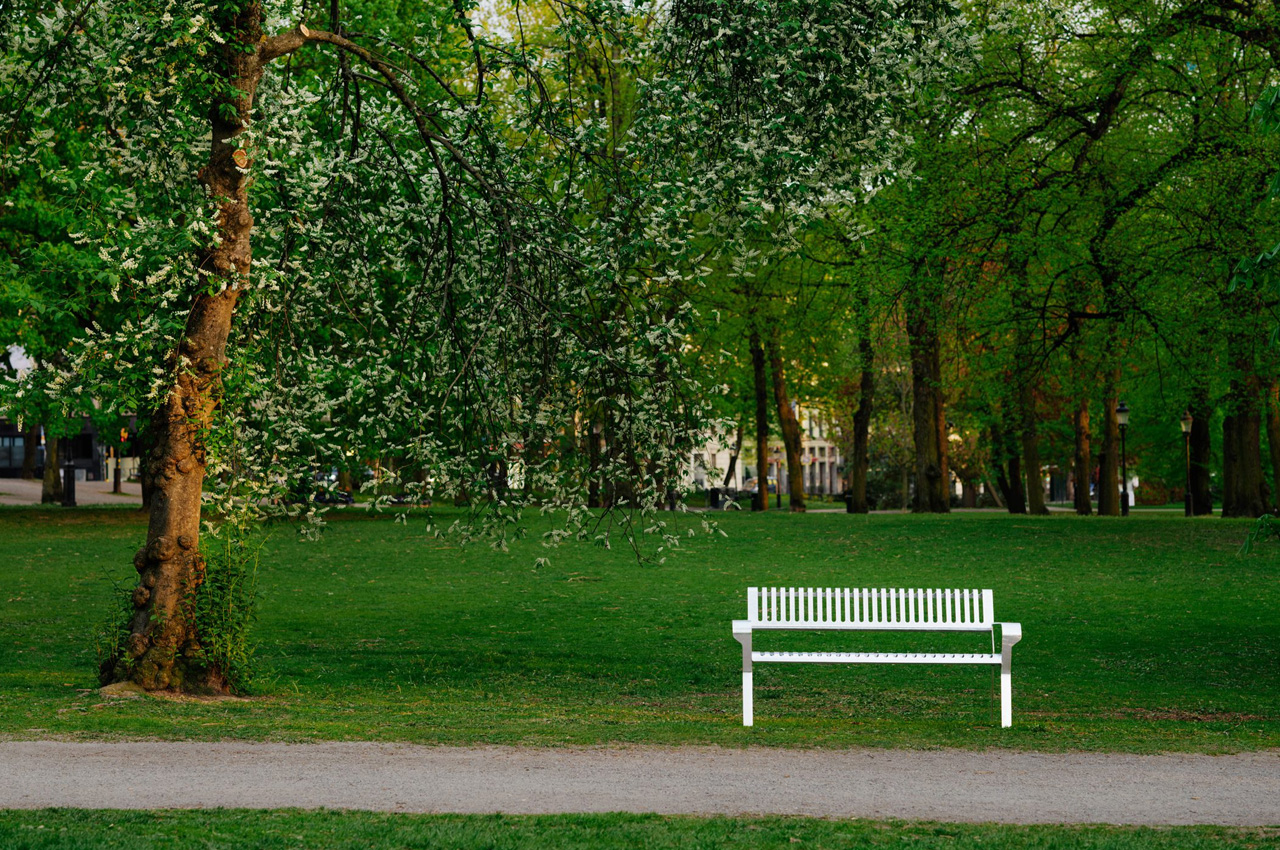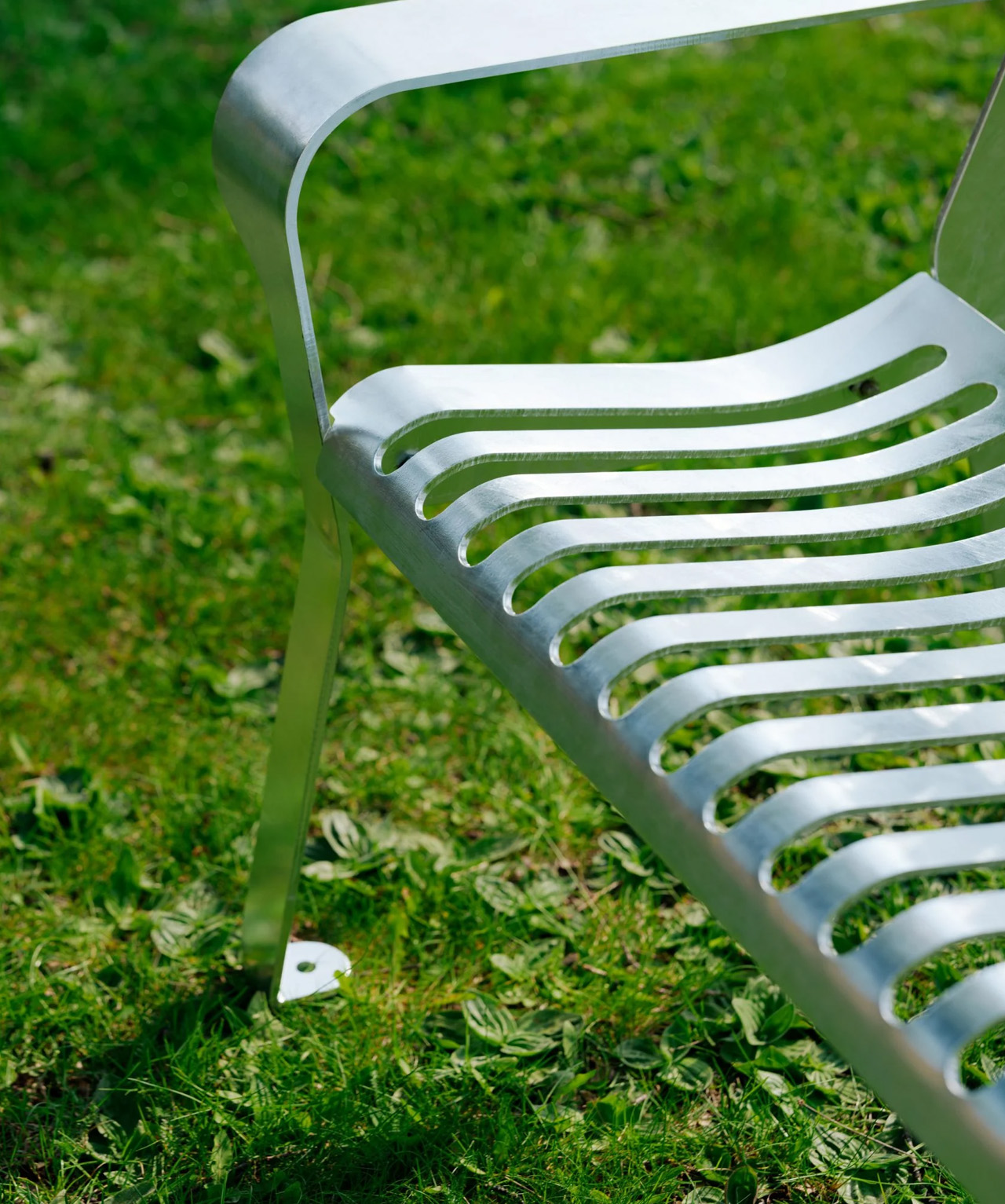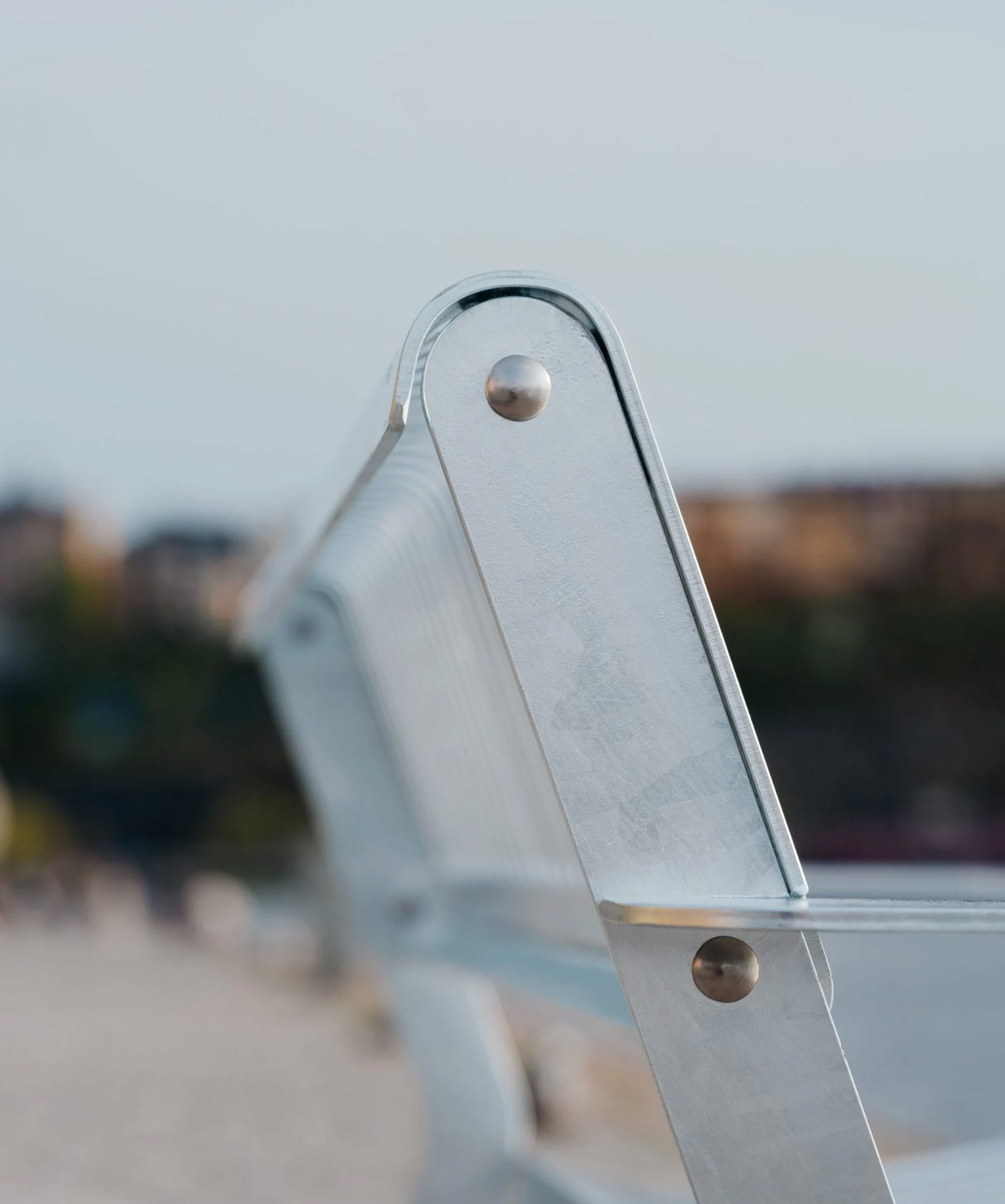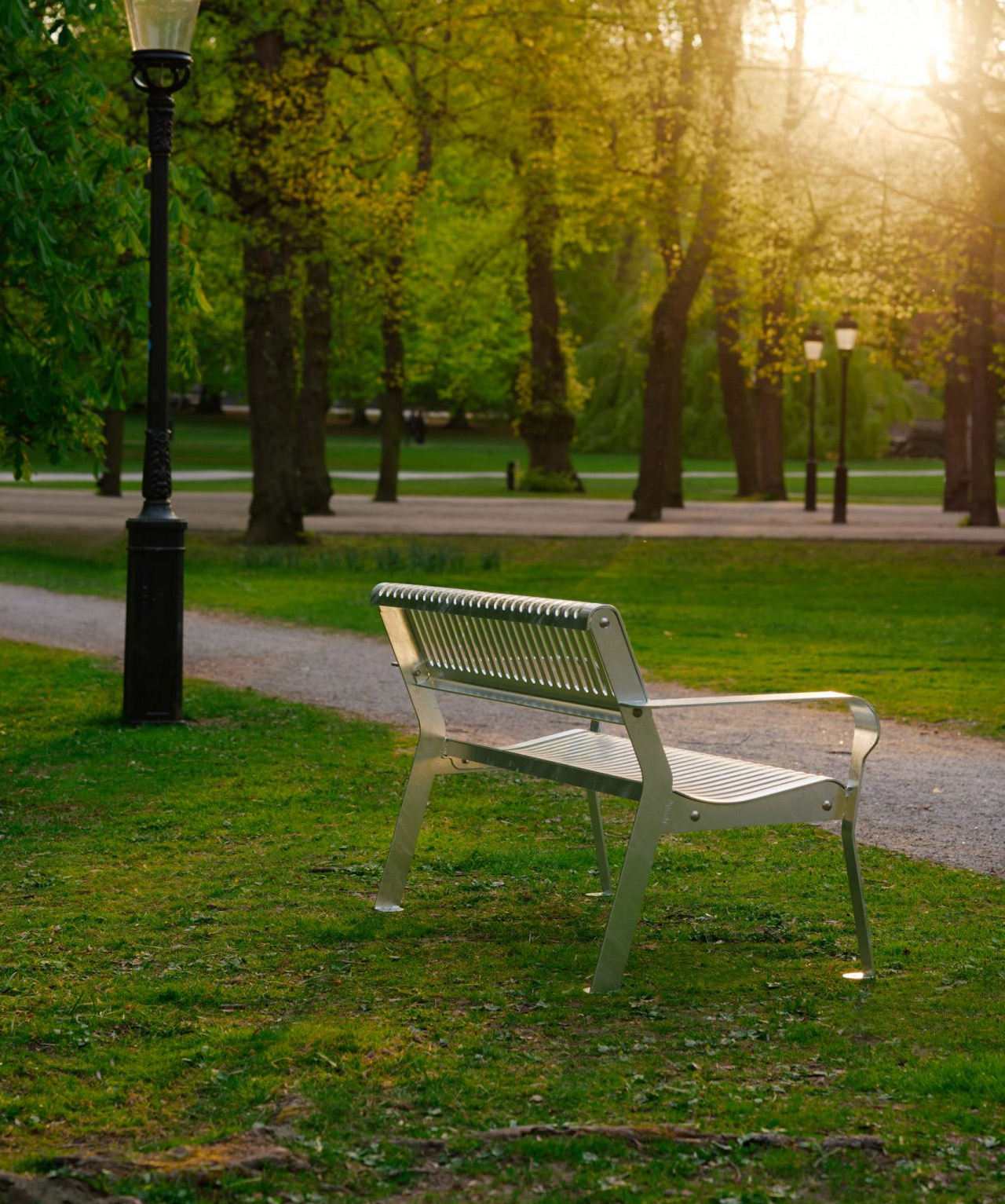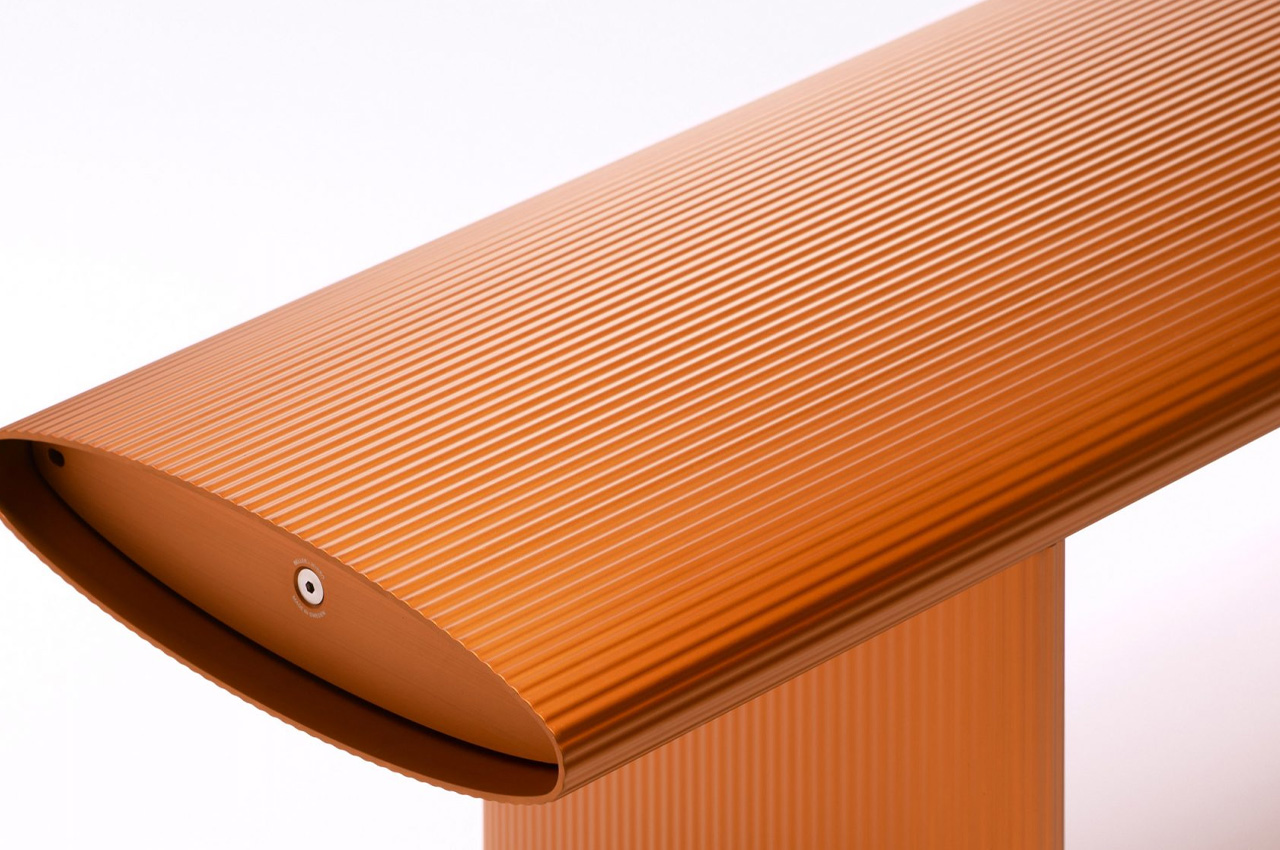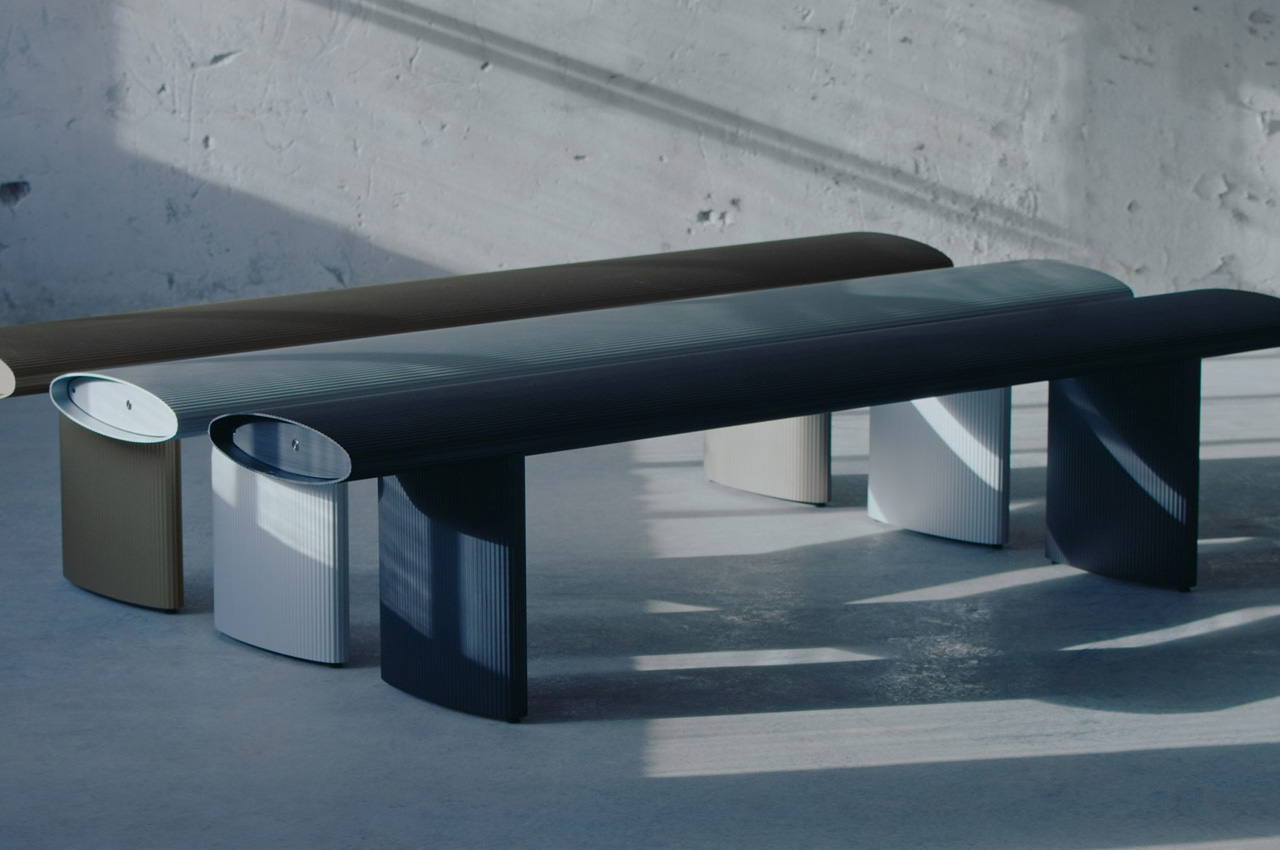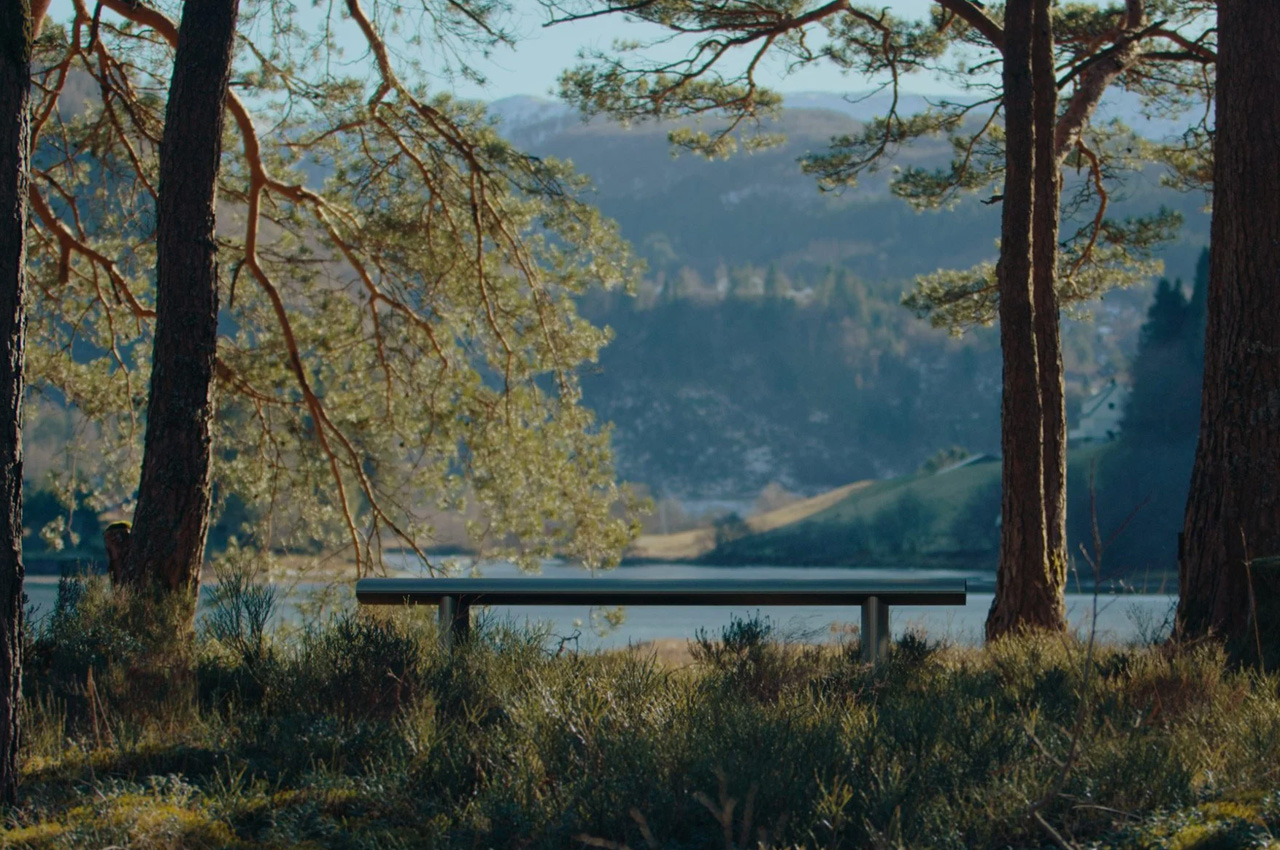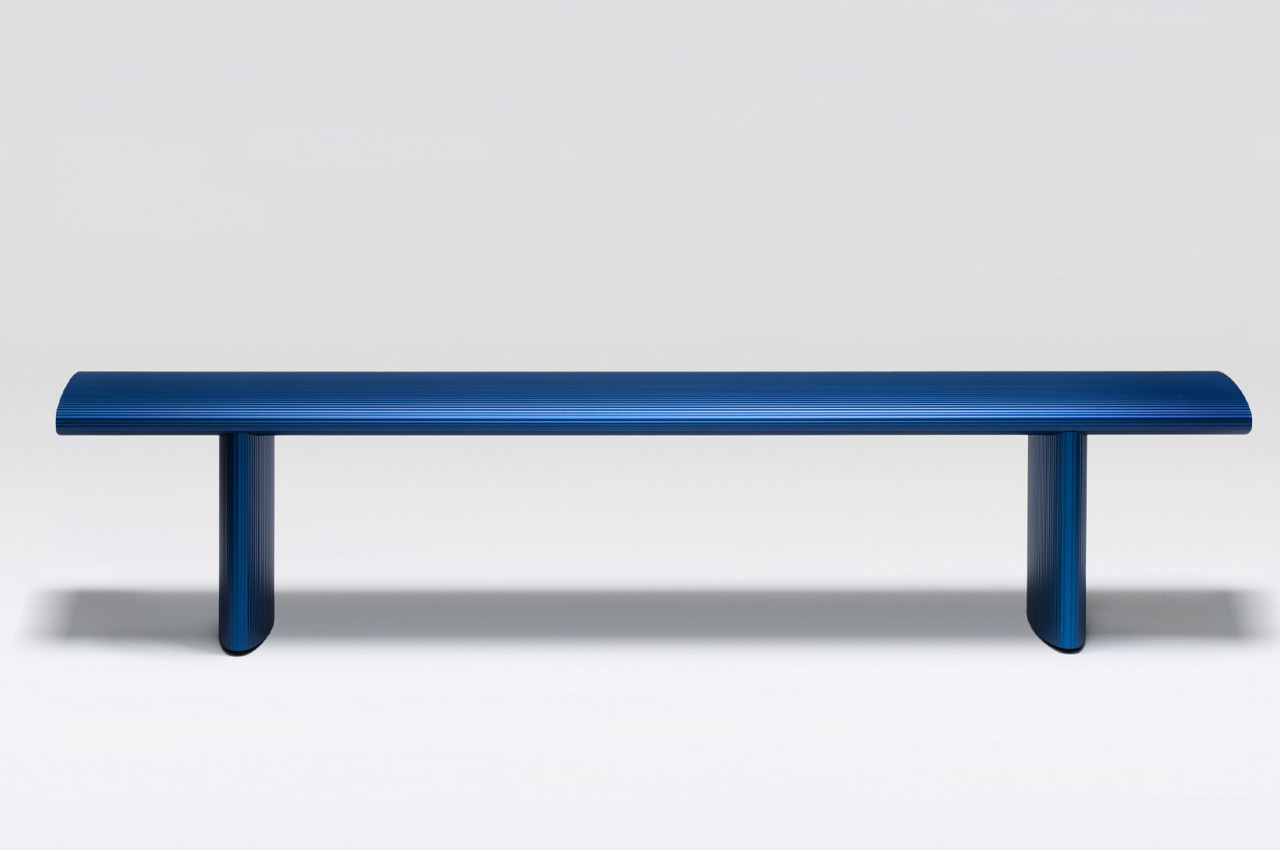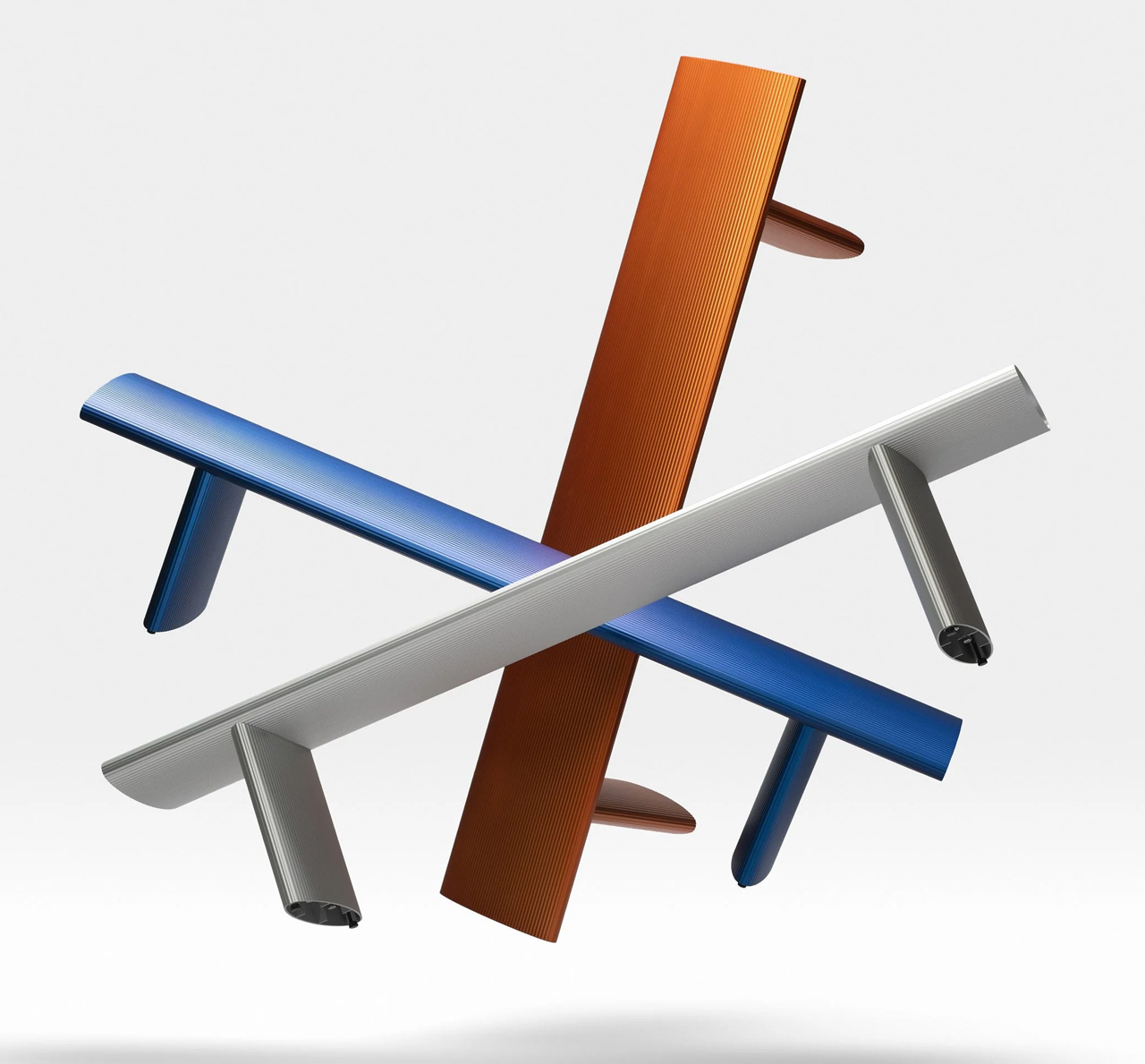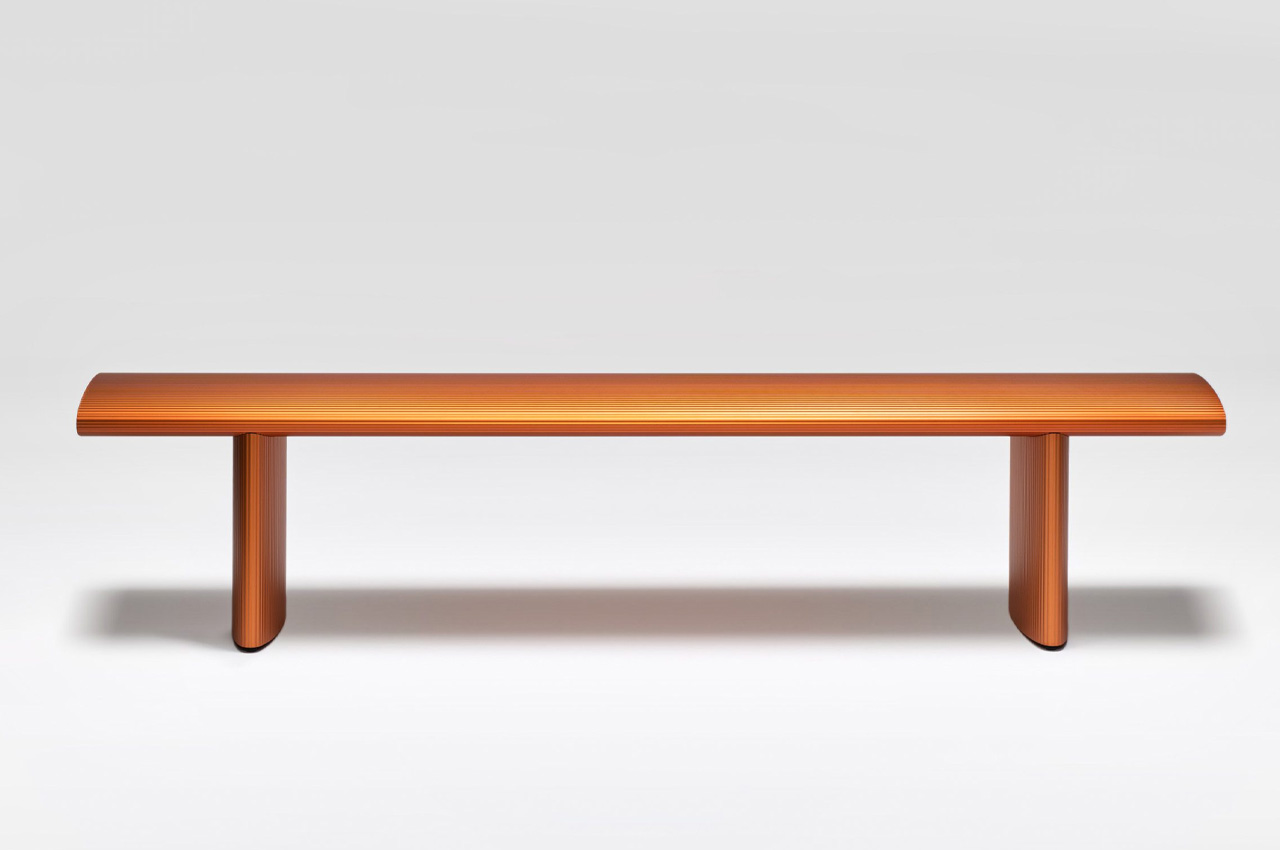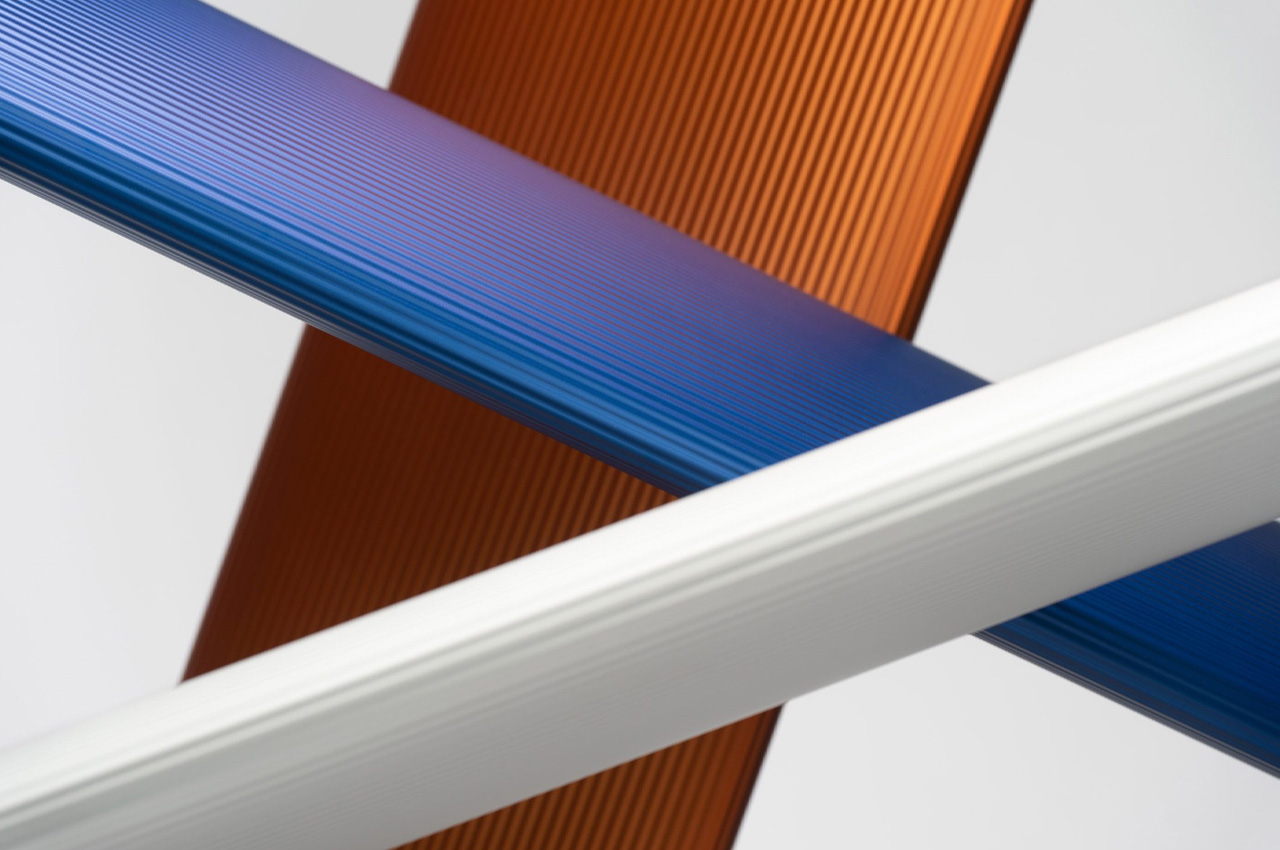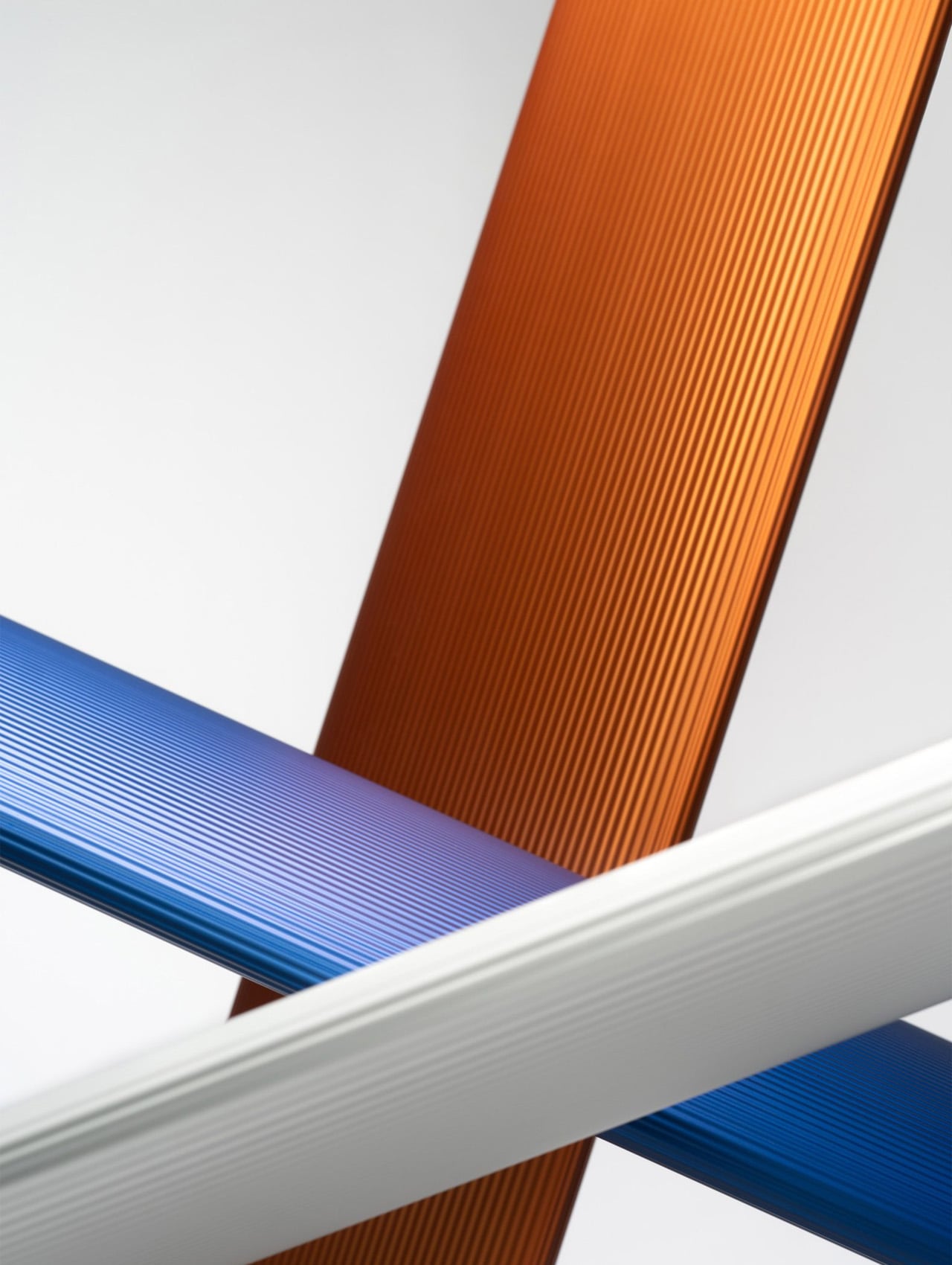
Before I started focusing on writing for design, I never really paid attention to how mostly functional things like chairs are designed. As long as I could sit on it comfortably on it, then i believed it did its job and I didn’t really need to choose based on how well designed it is. But there are pieces of furniture out there, or even just as a concept, that were really thought of well by the designers to bring something not necessarily new, but at least interesting, to the table. Or in this case, the chair.
Designer: Shota Uruasaki


Capture the Light is one such design for a stool. The furniture itself is not a groundbreaking stool but is made up of the usual three blocks (seat, two legs) connected together by one small block. It looks just like your typical wooden stool/bench that you might see at a park or at a museum. But what makes this different is what you’ll see on the seat itself. You might think there’s a tree nearby casting its shadow but if you’re inside, then that may be a mystery.

It’s actually the unique design that this stool brings. The shadows casted by trees that you may see at parks or public spaces are immortalized on the seats as the designs are printed on them. The designer went around photographing the patterns that these tree shadows make, carrying a white board with them. The photographs were then inkjet printed on top of the stools and so you have the illusion of trees hovering on you as you sit on them.


It’s a simple design addition to your regular stool/bench but it’s interesting, if you’re into nature and trees. Even if the stool is inside, you get the illusion of still being surrounded by trees because of the shadows. Of course it’s still best to actually be around trees but in cases where you can’t then this stool may be the next best thing.

The post Stool has tree shadows printed on top to bring you closer to nature first appeared on Yanko Design.
